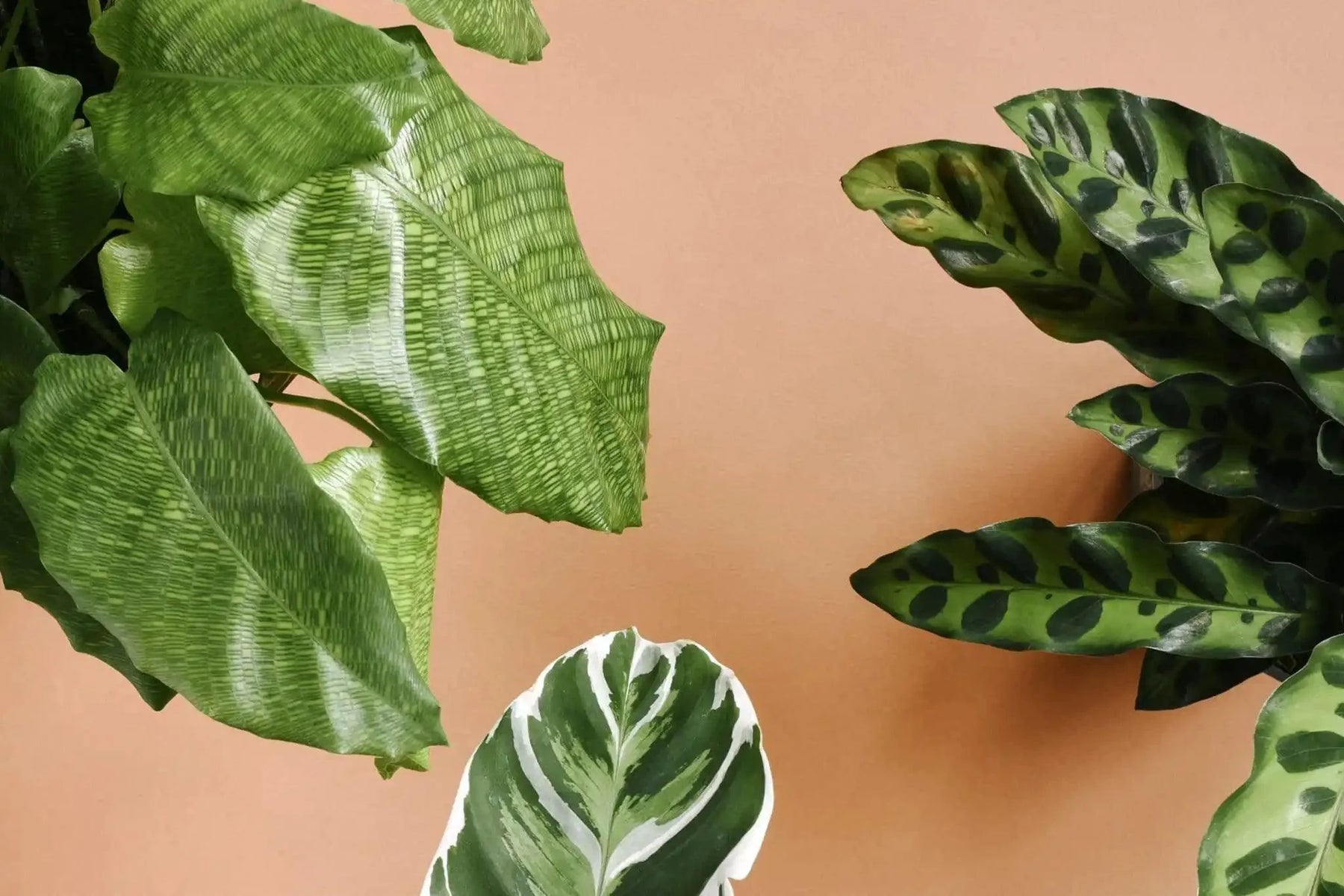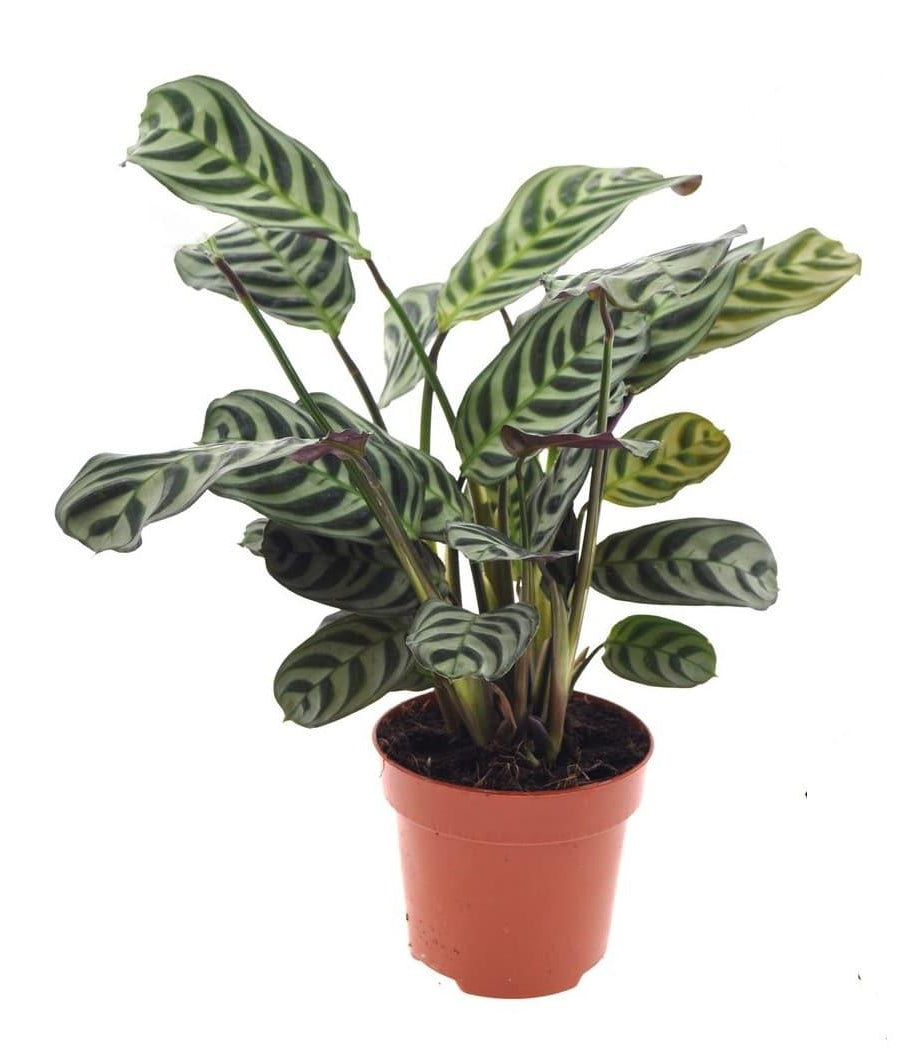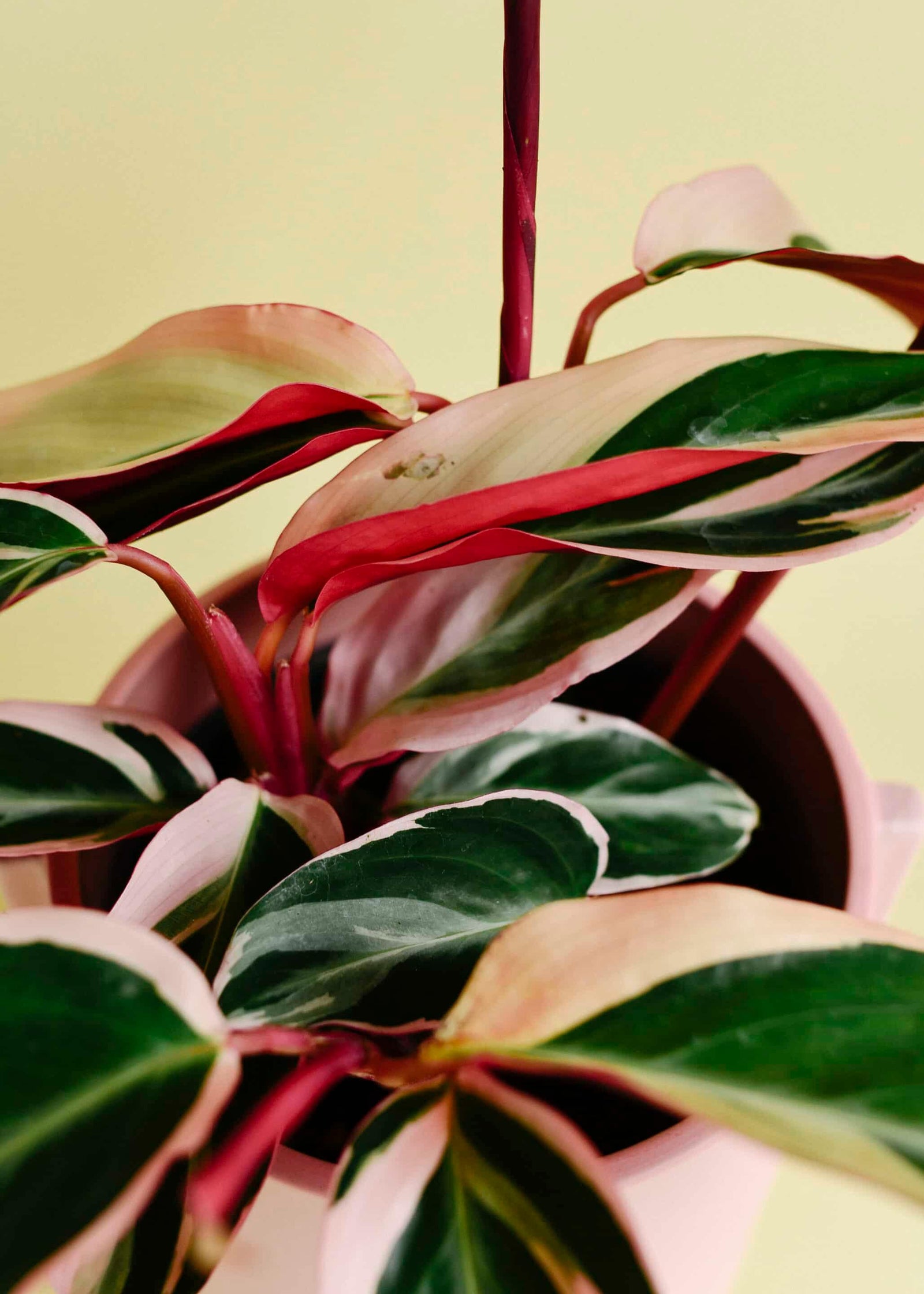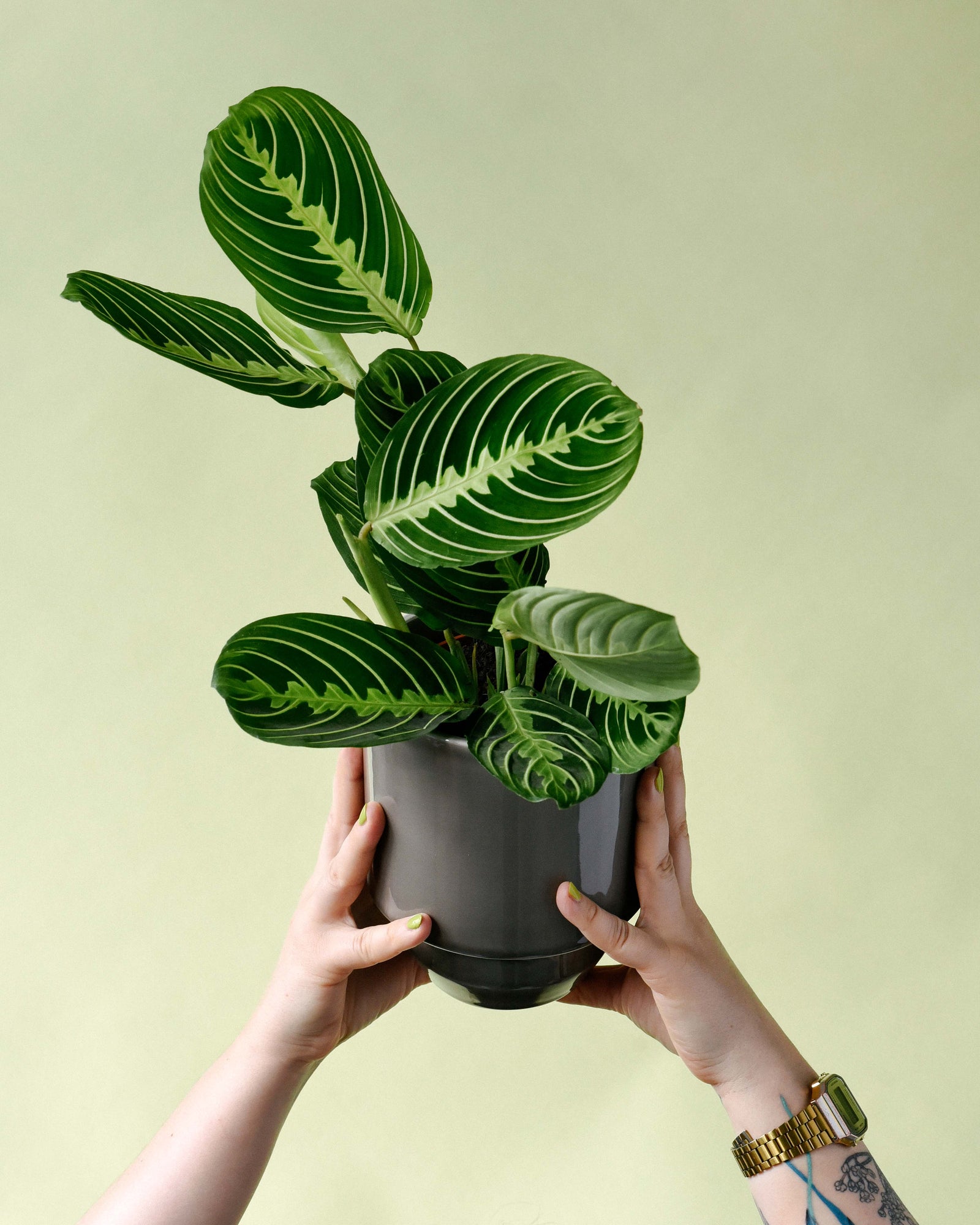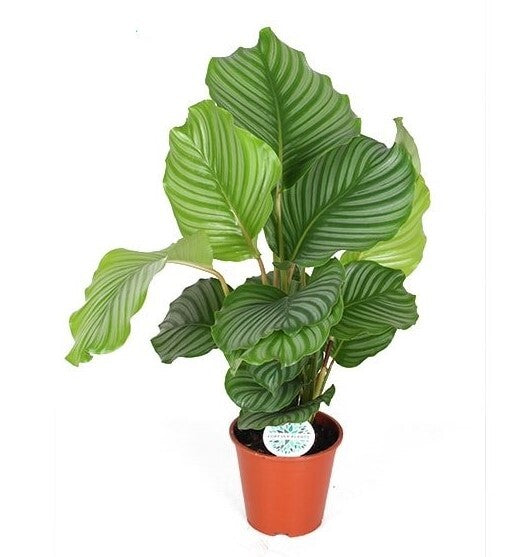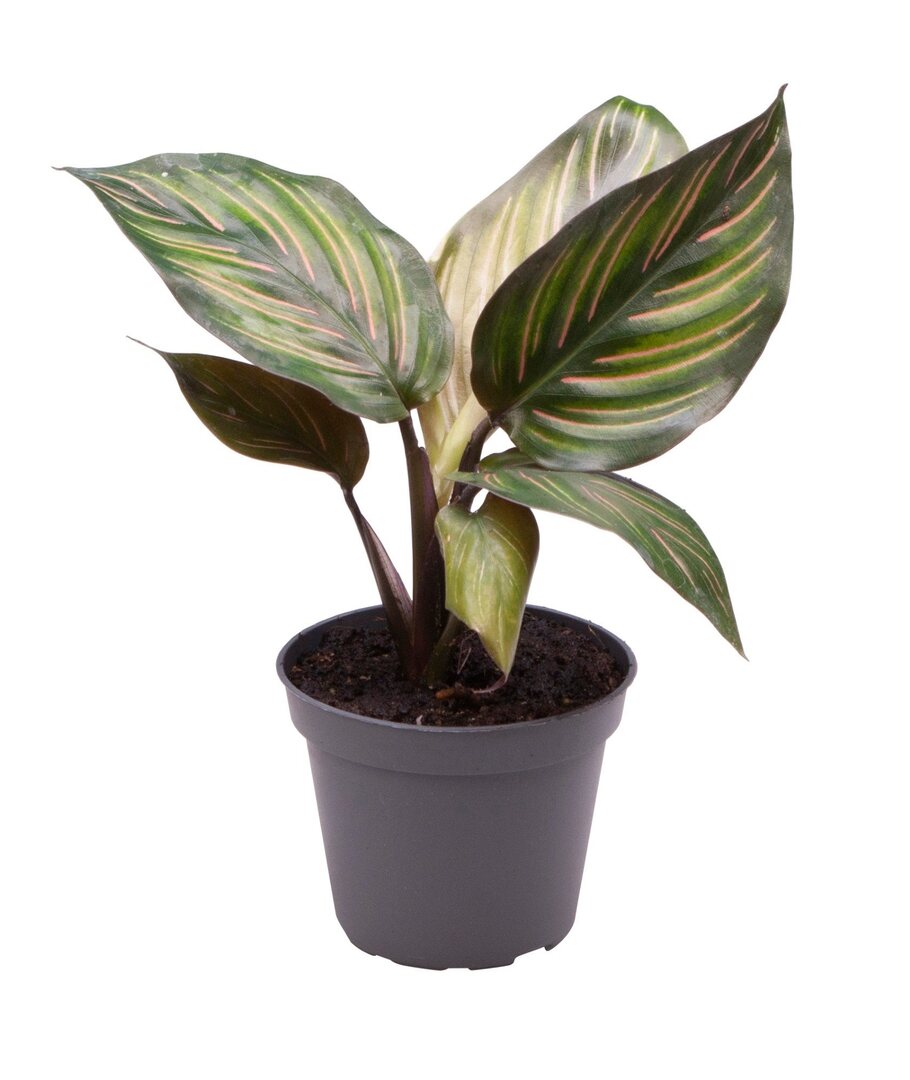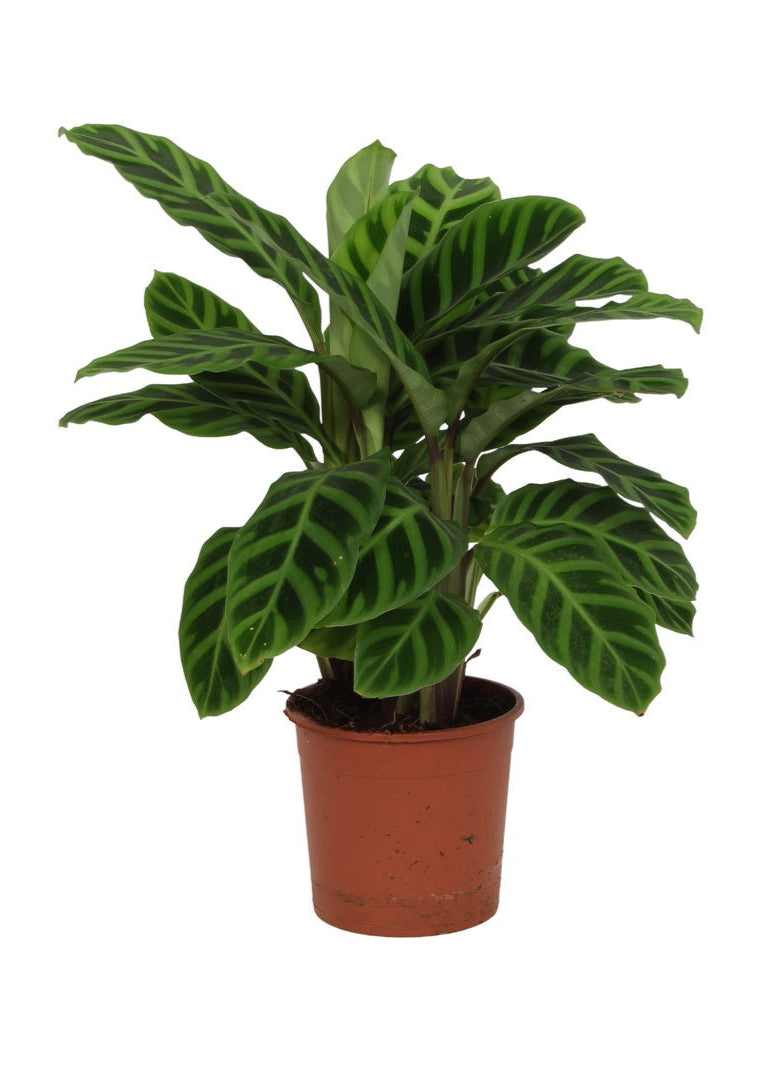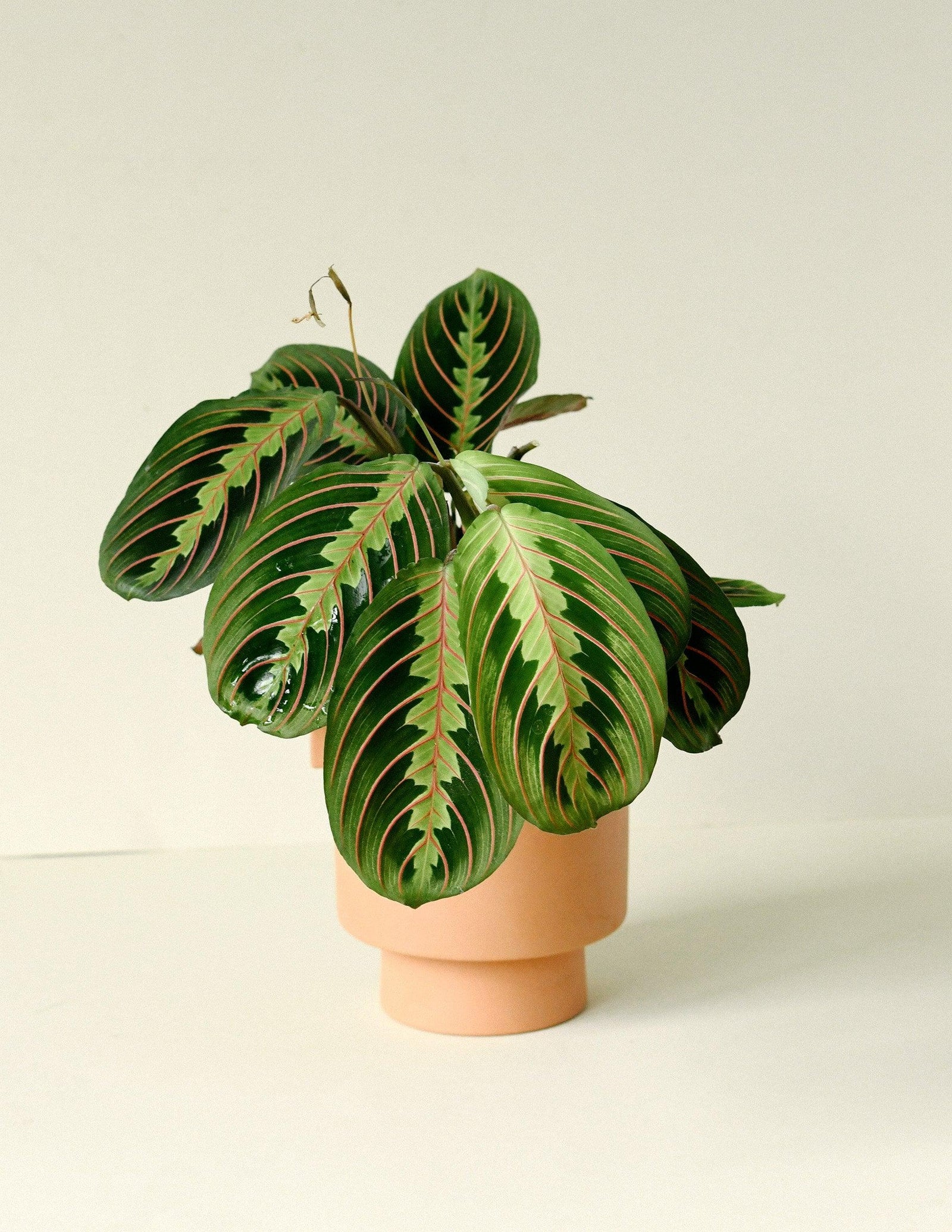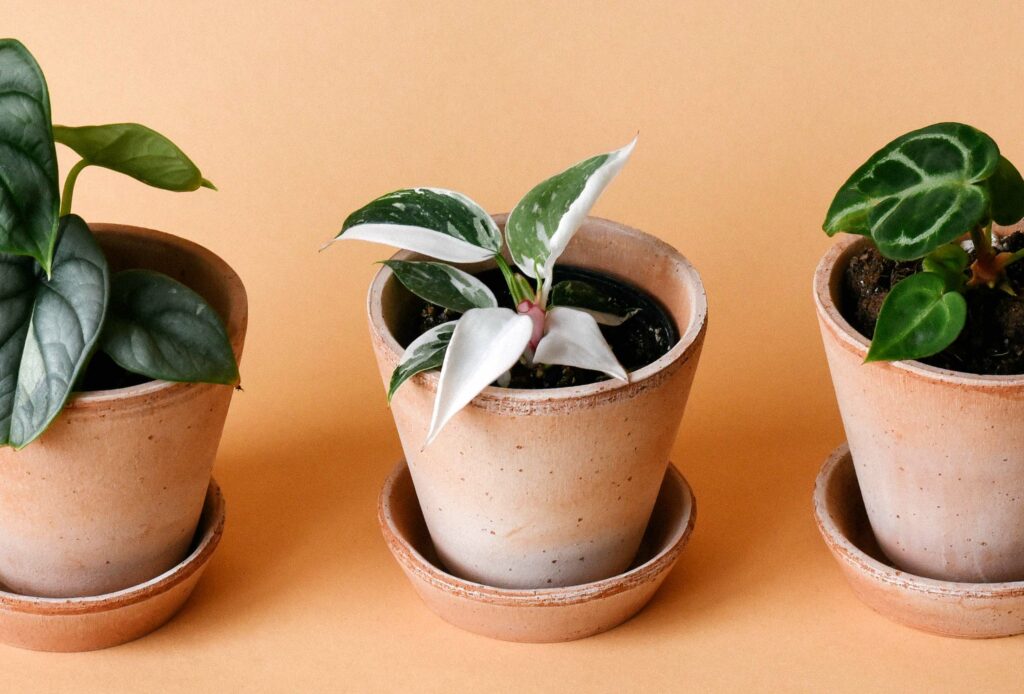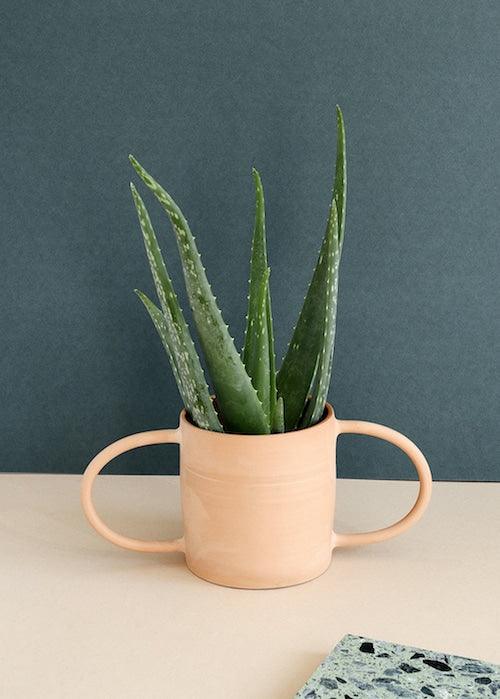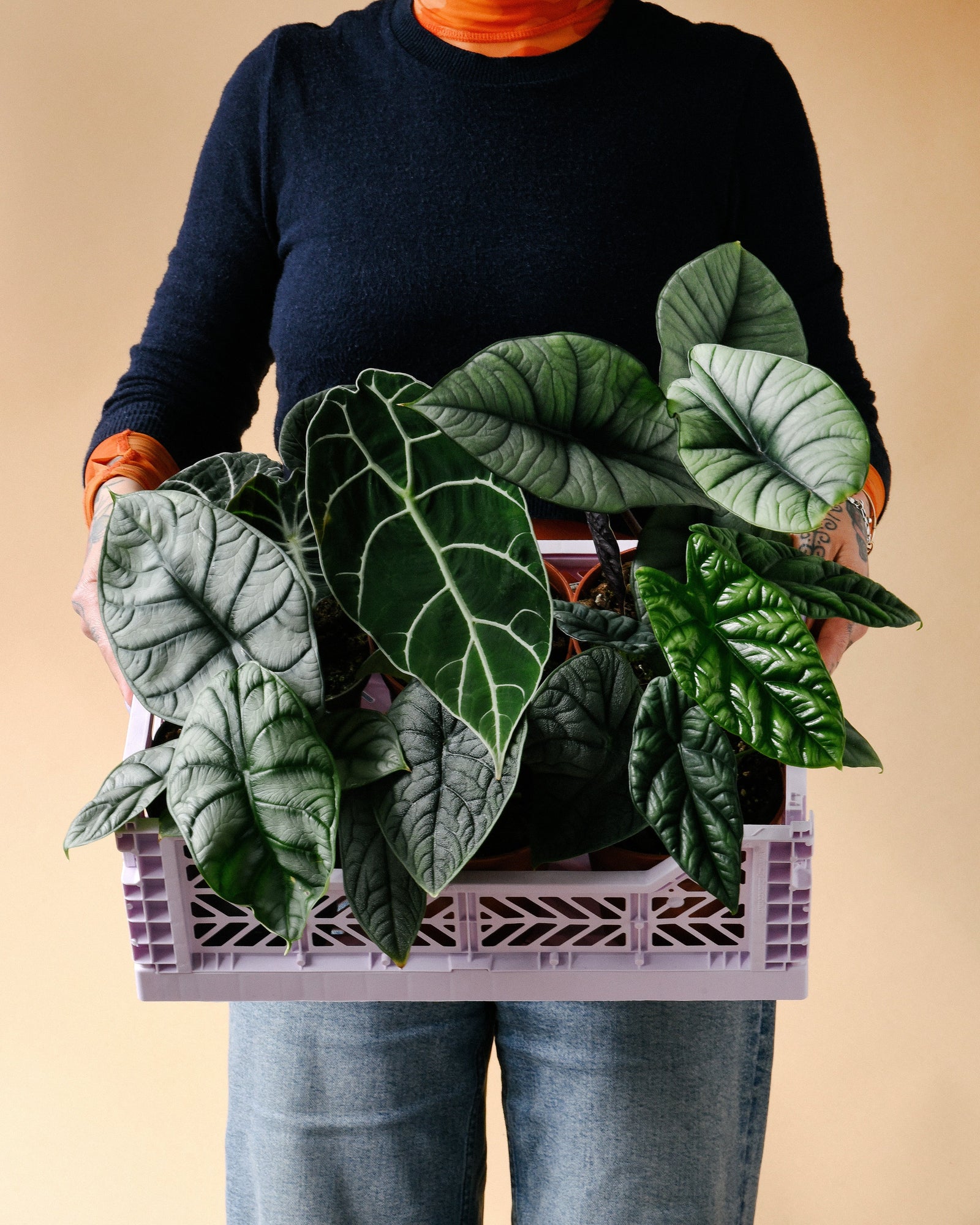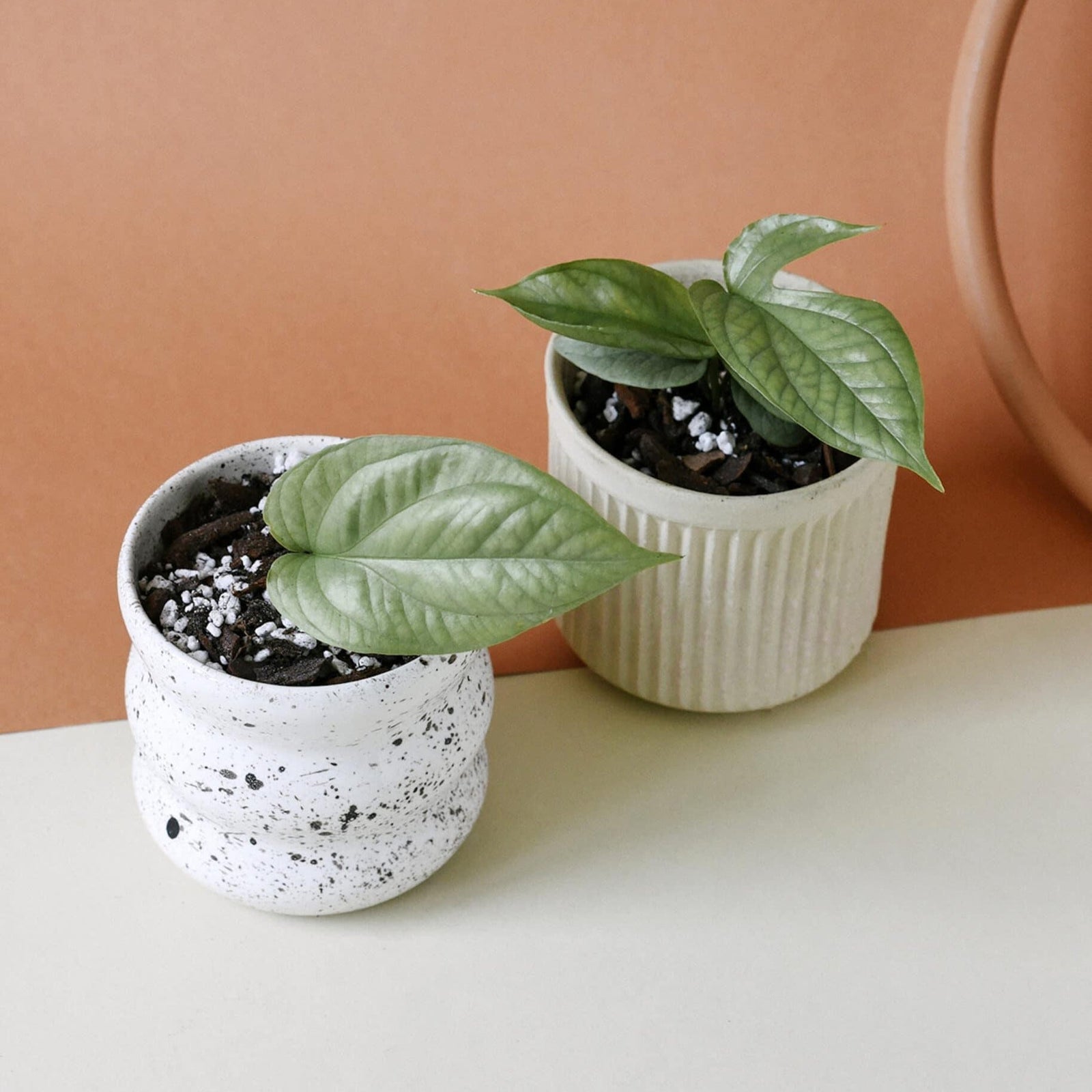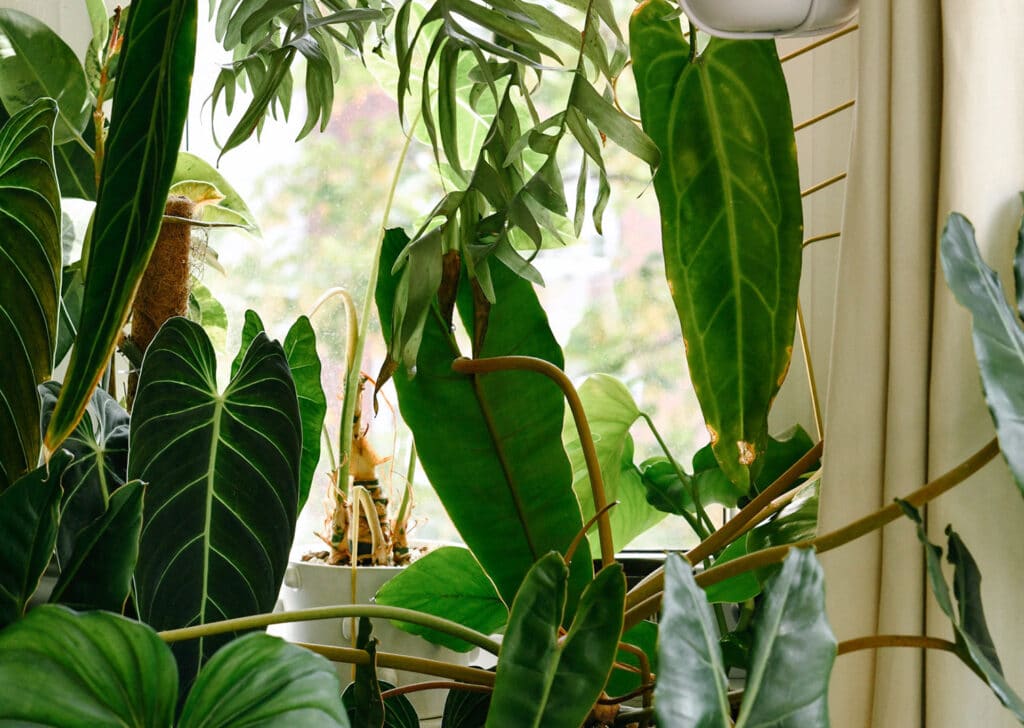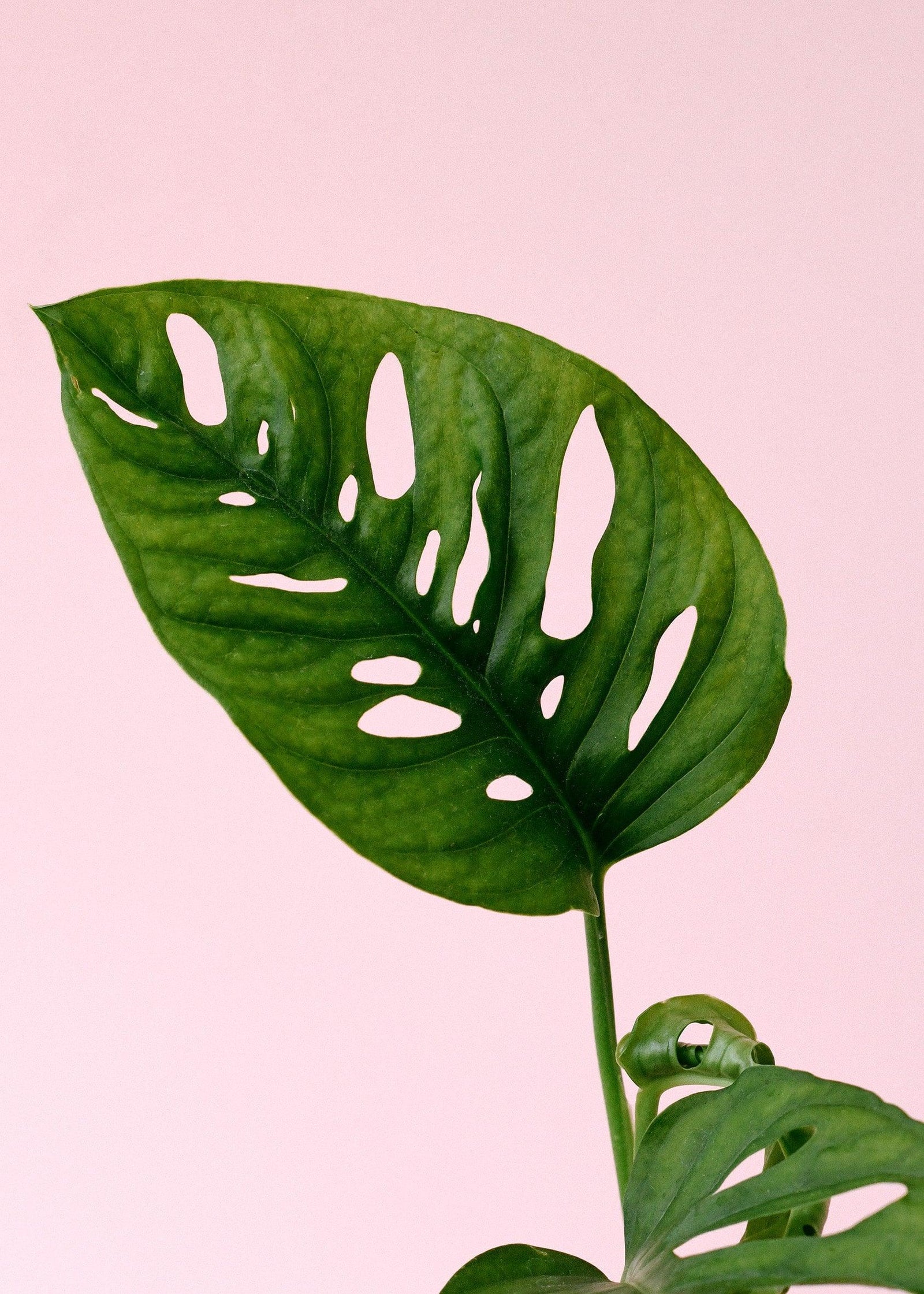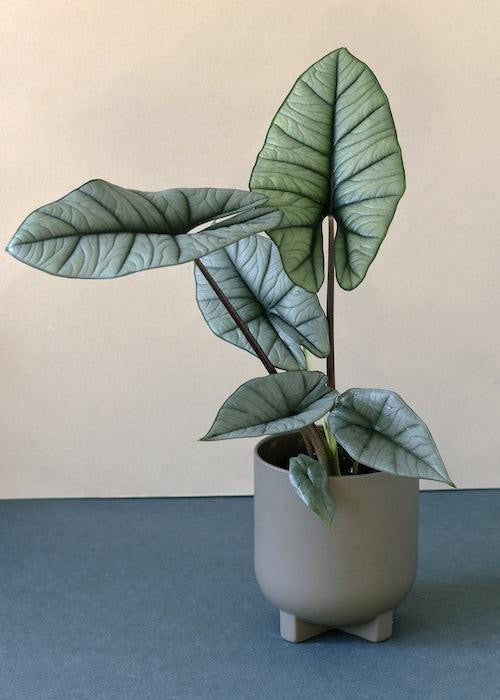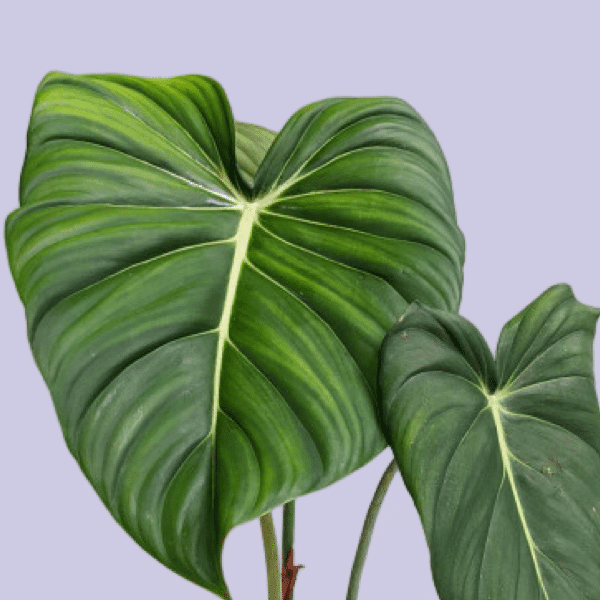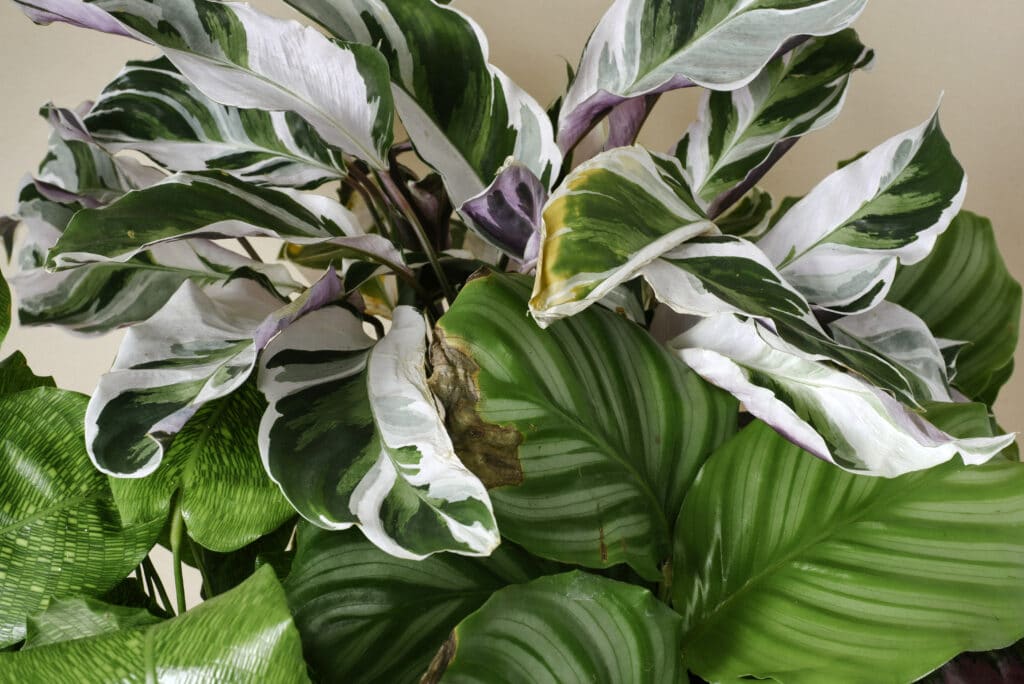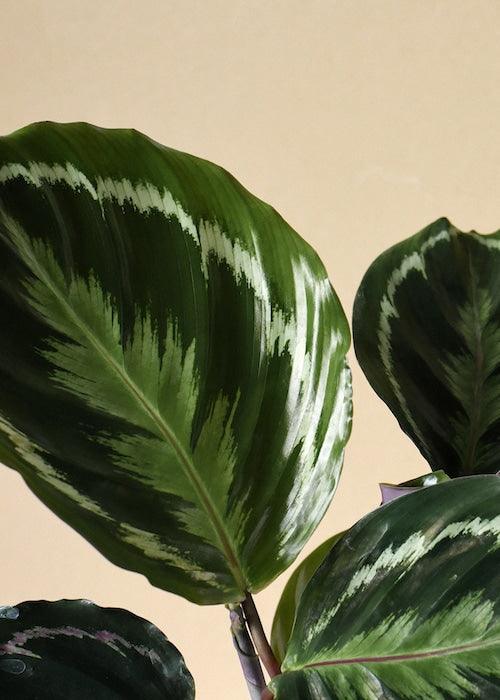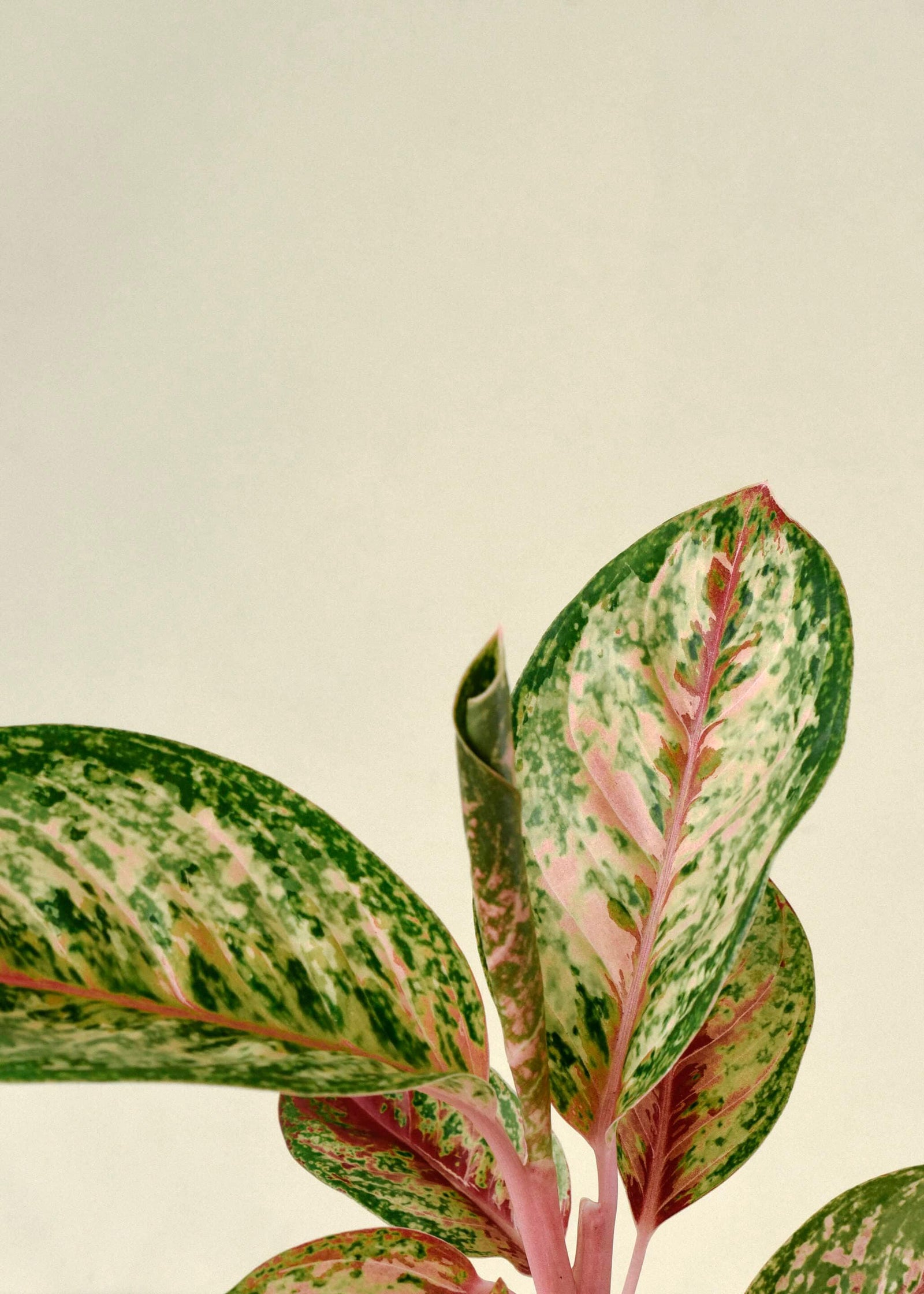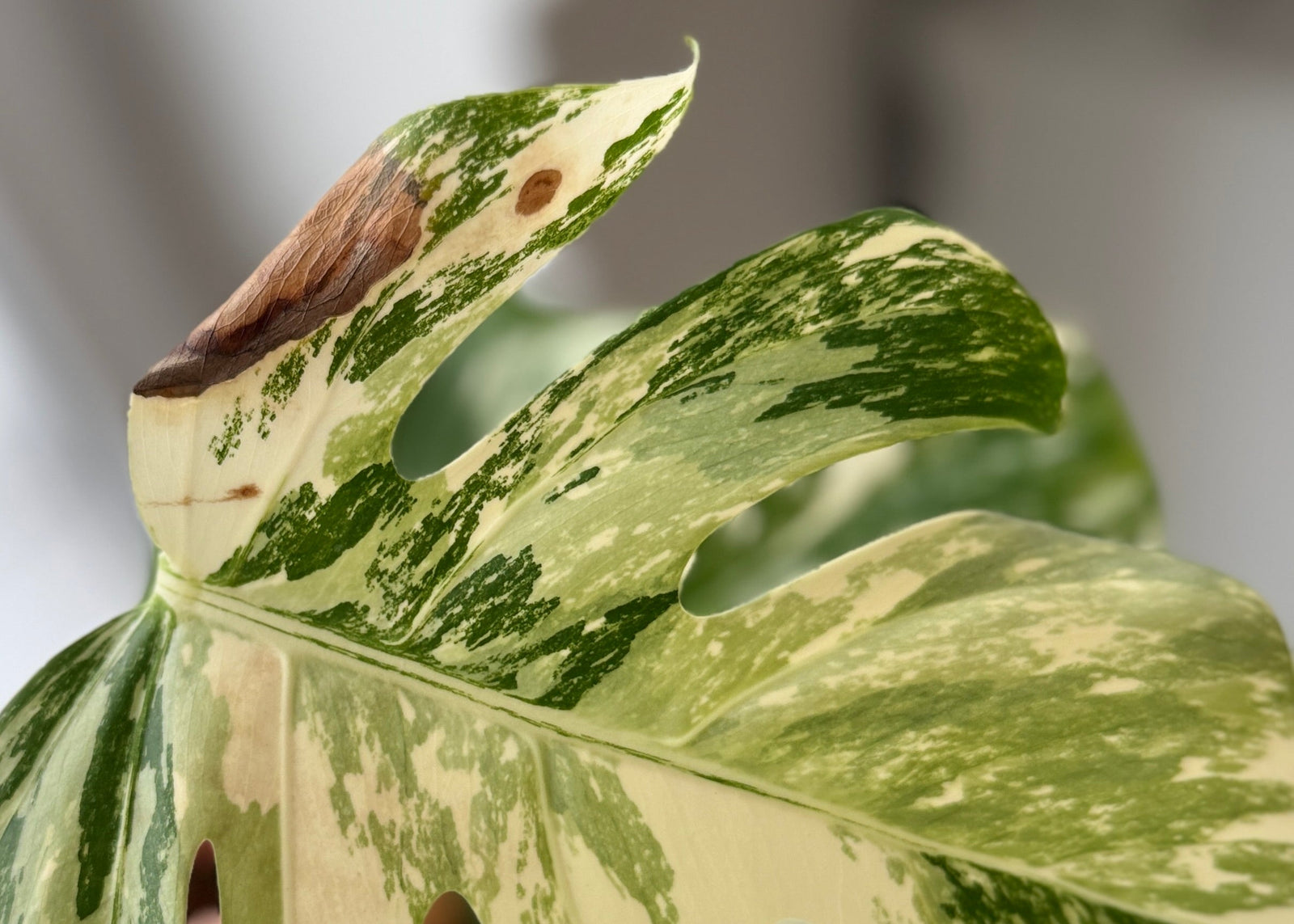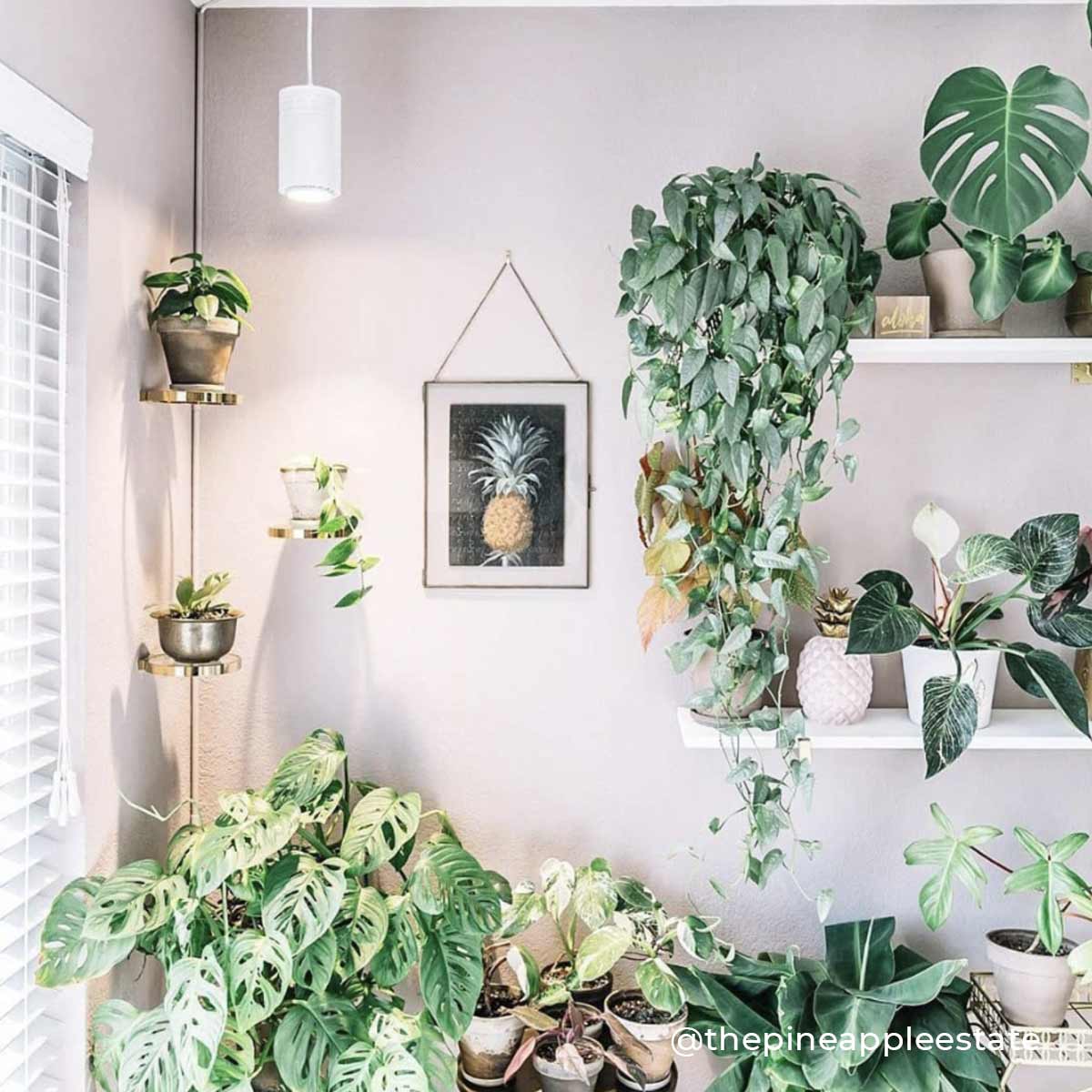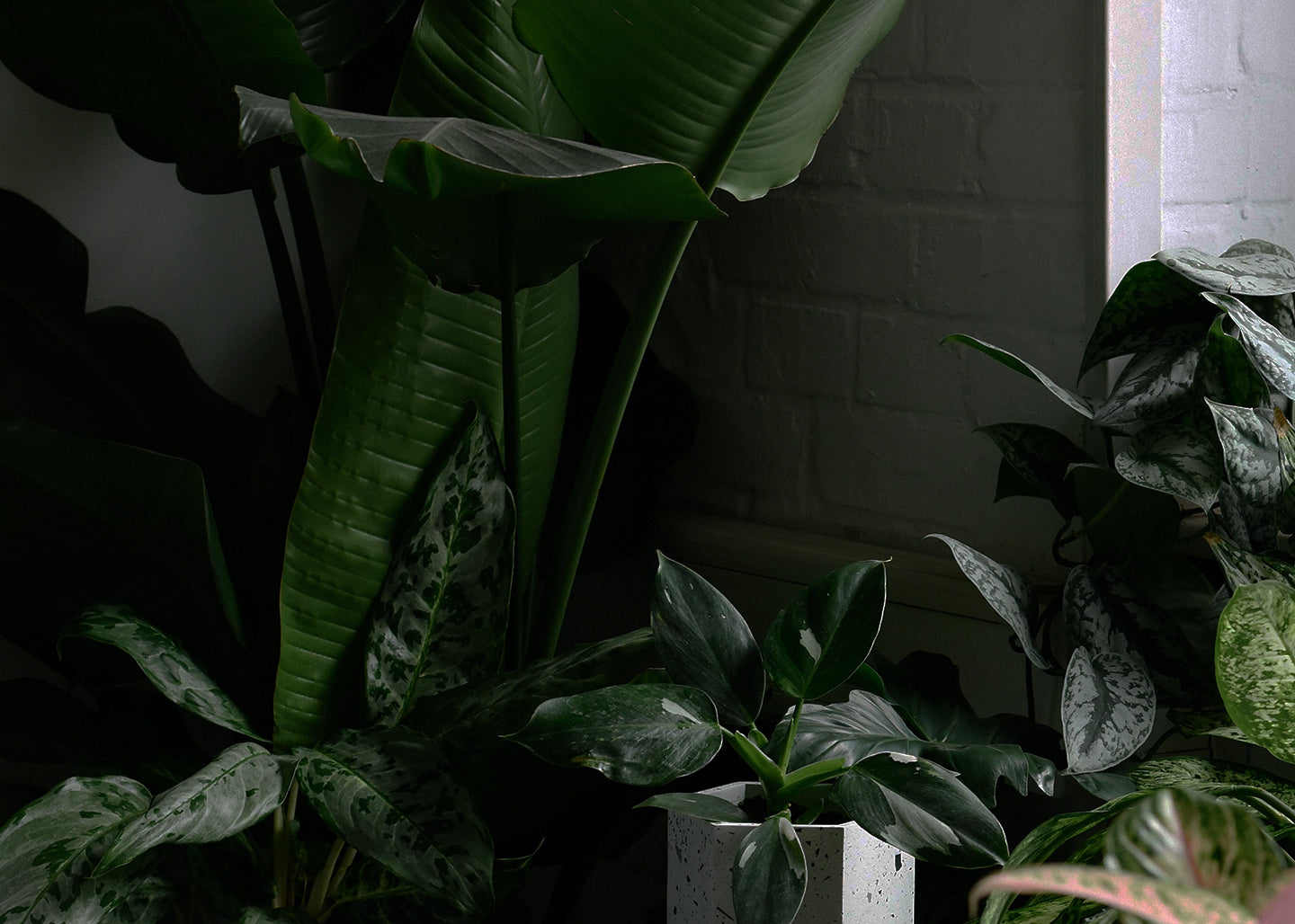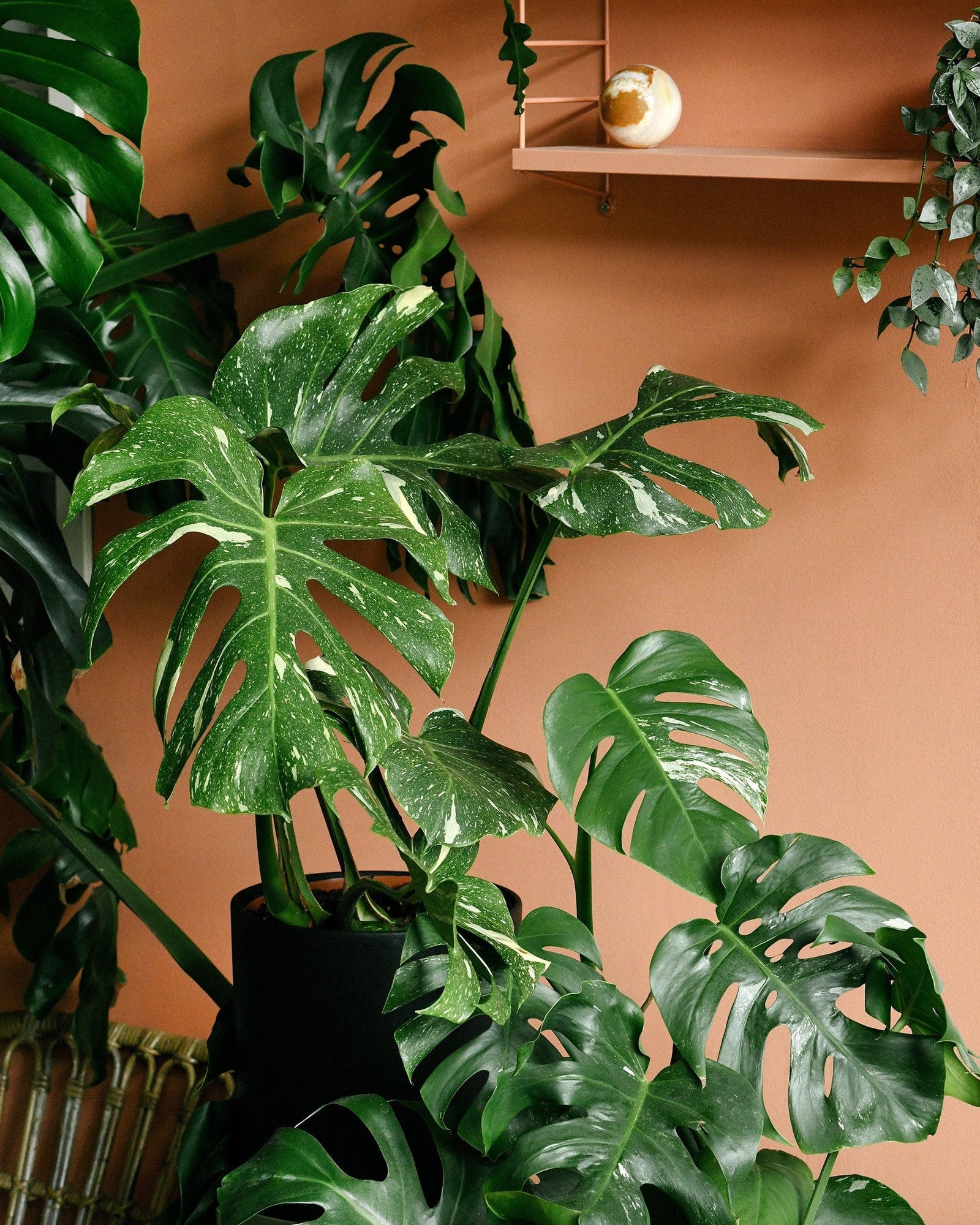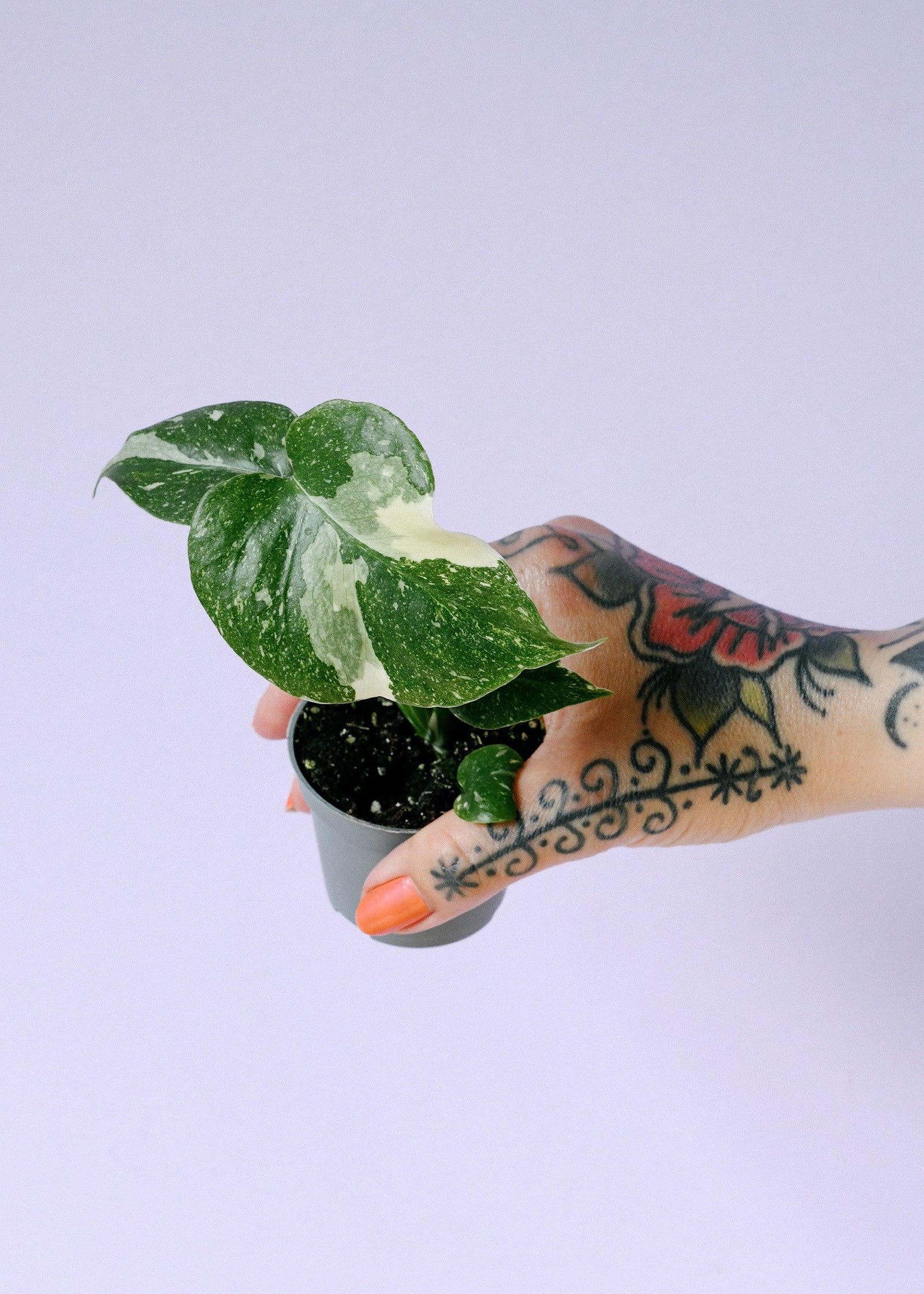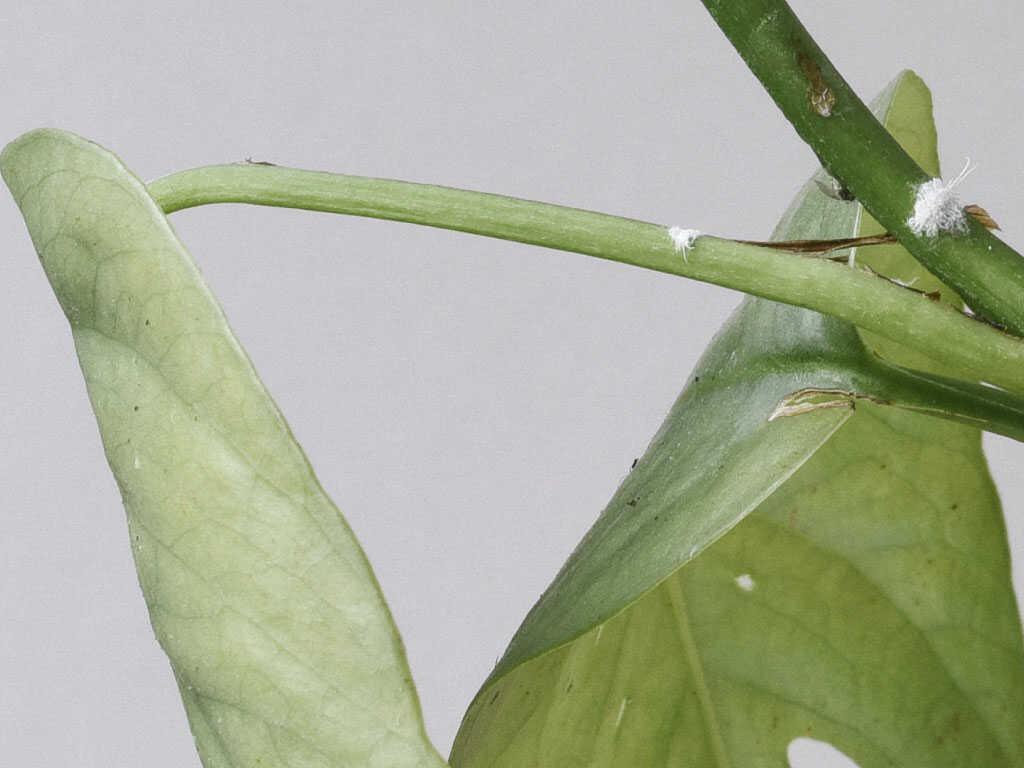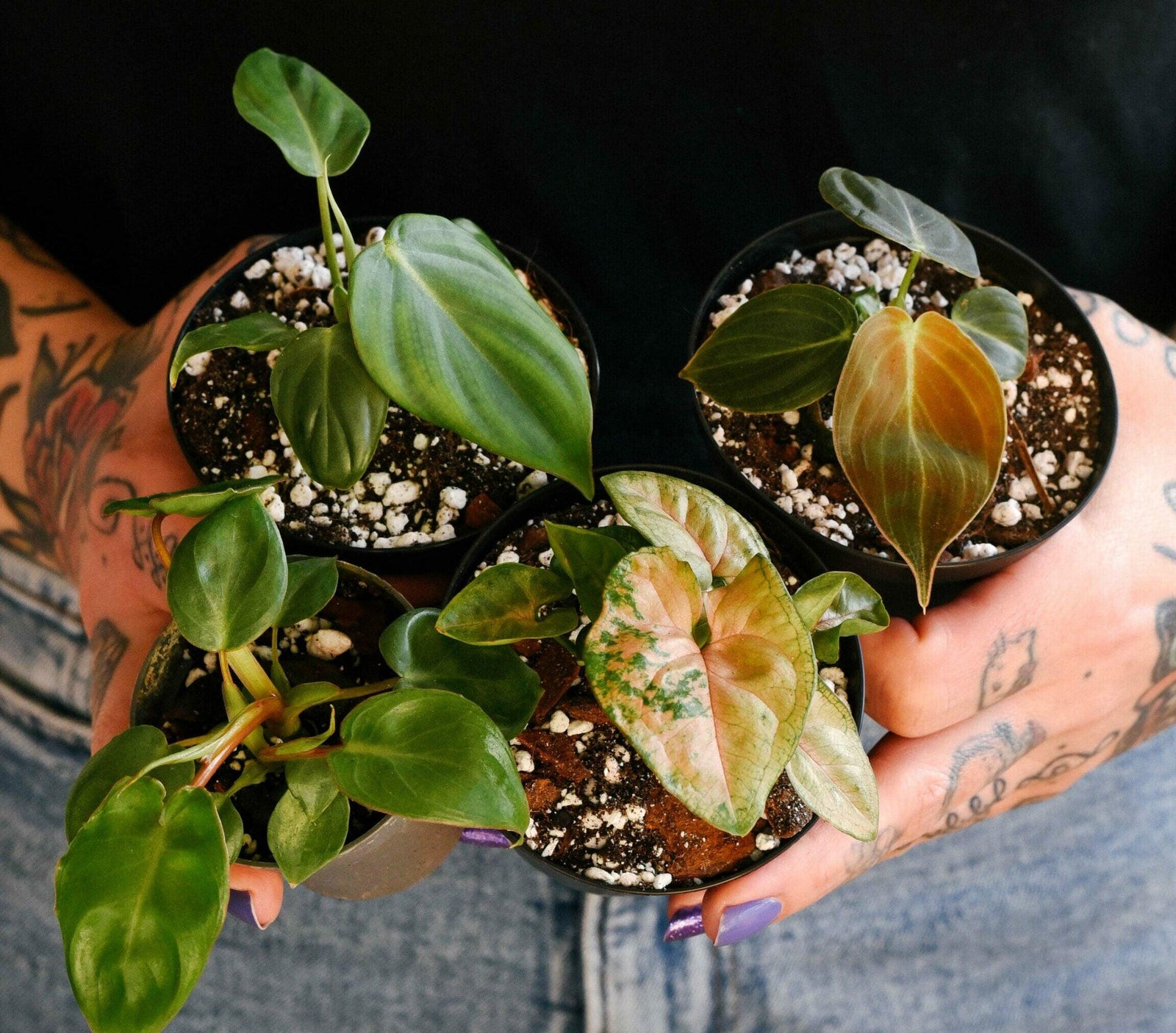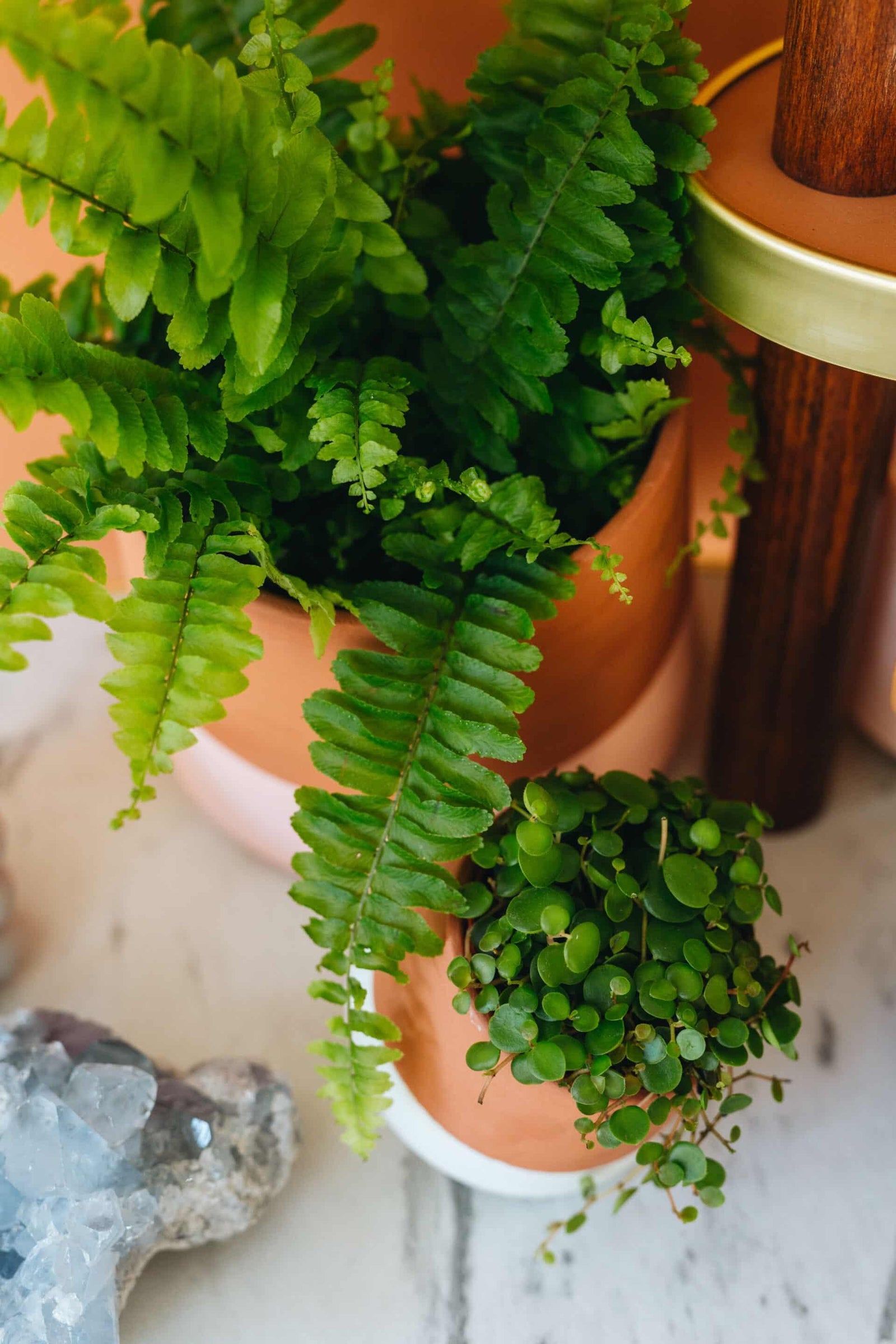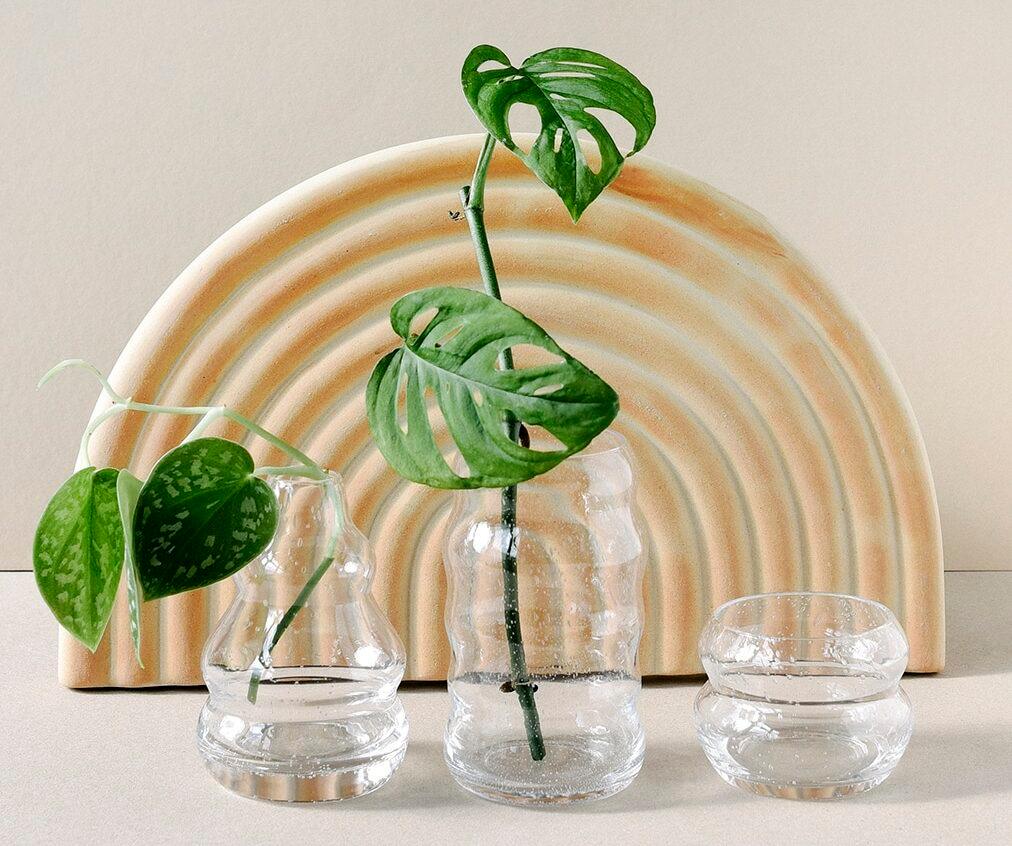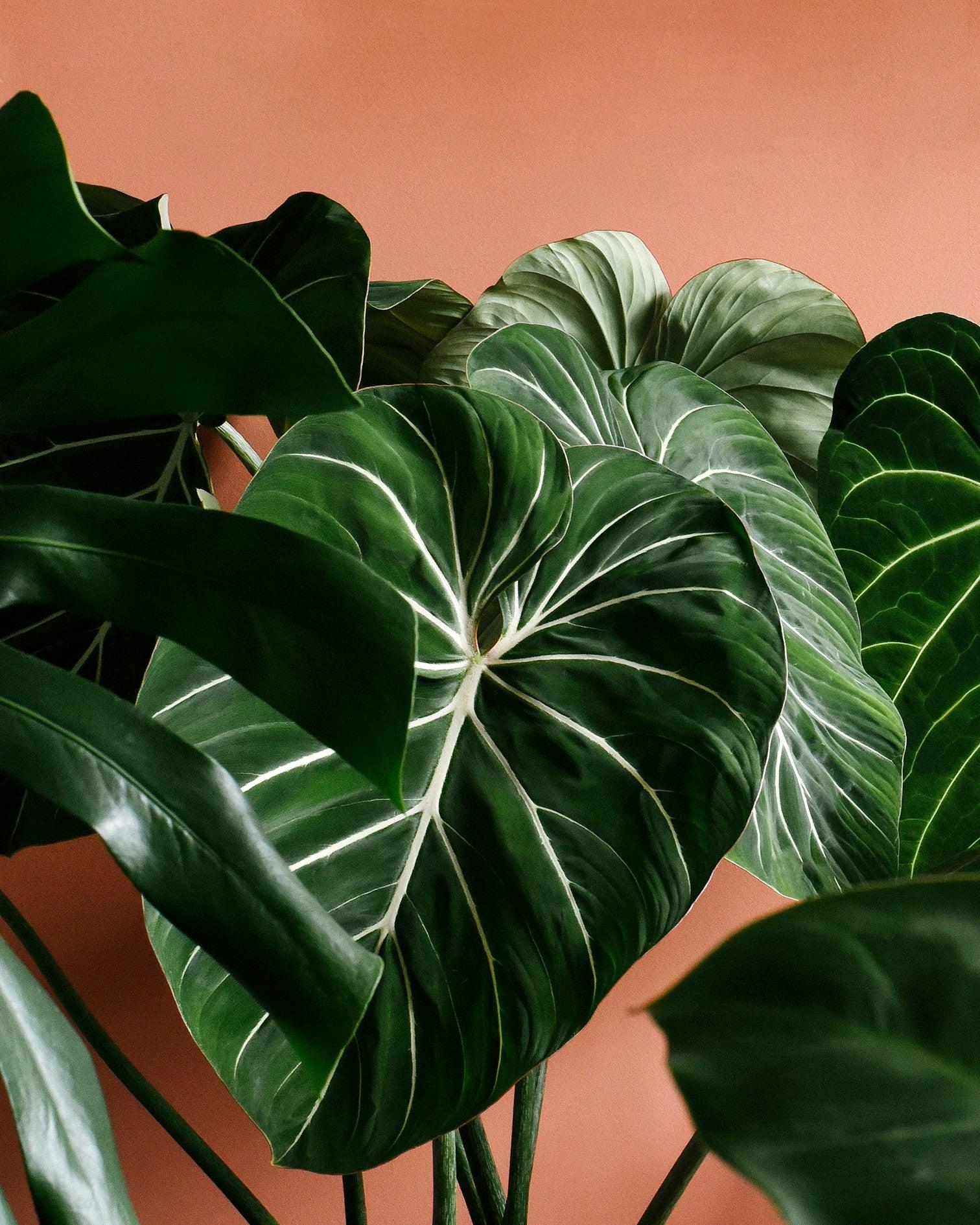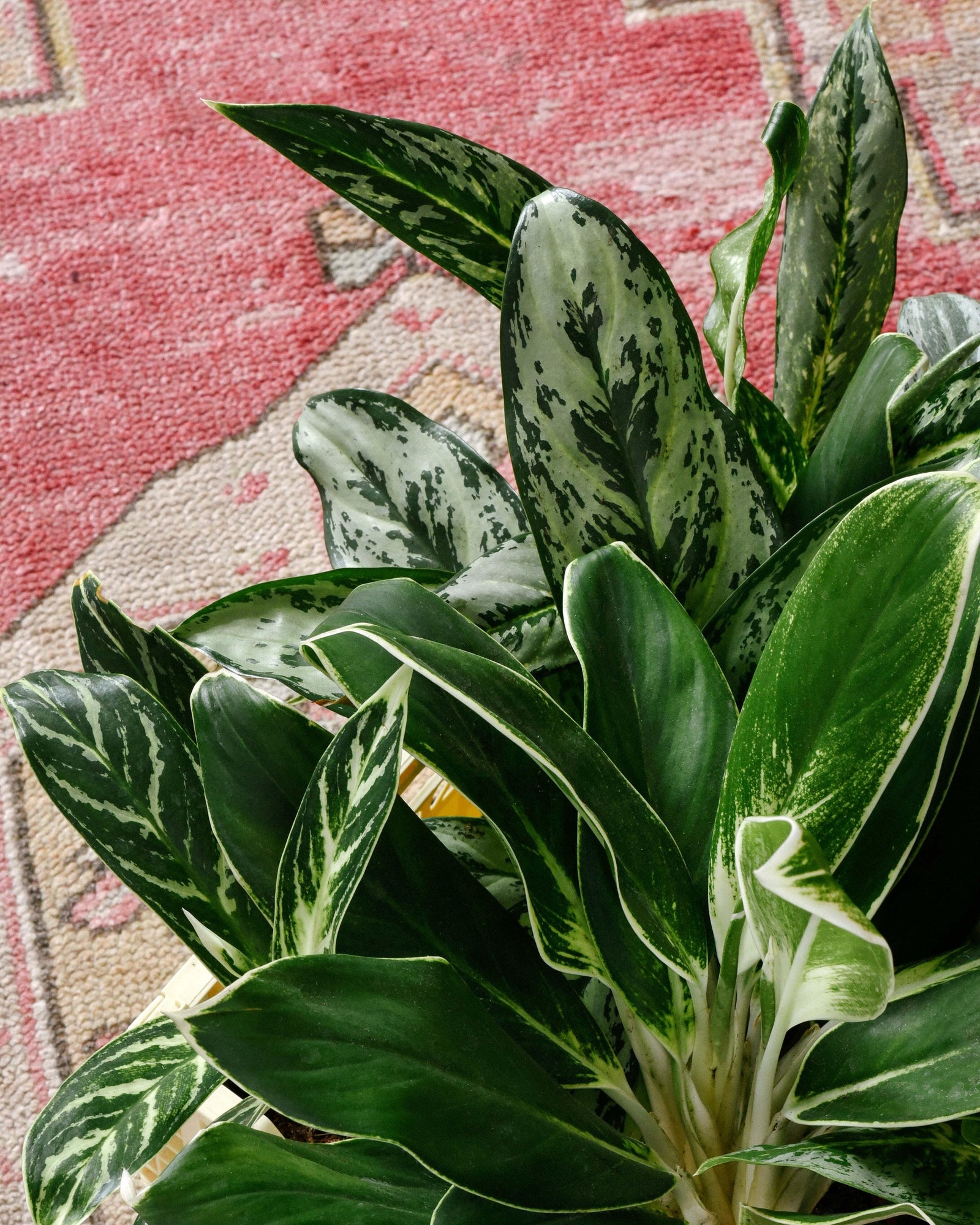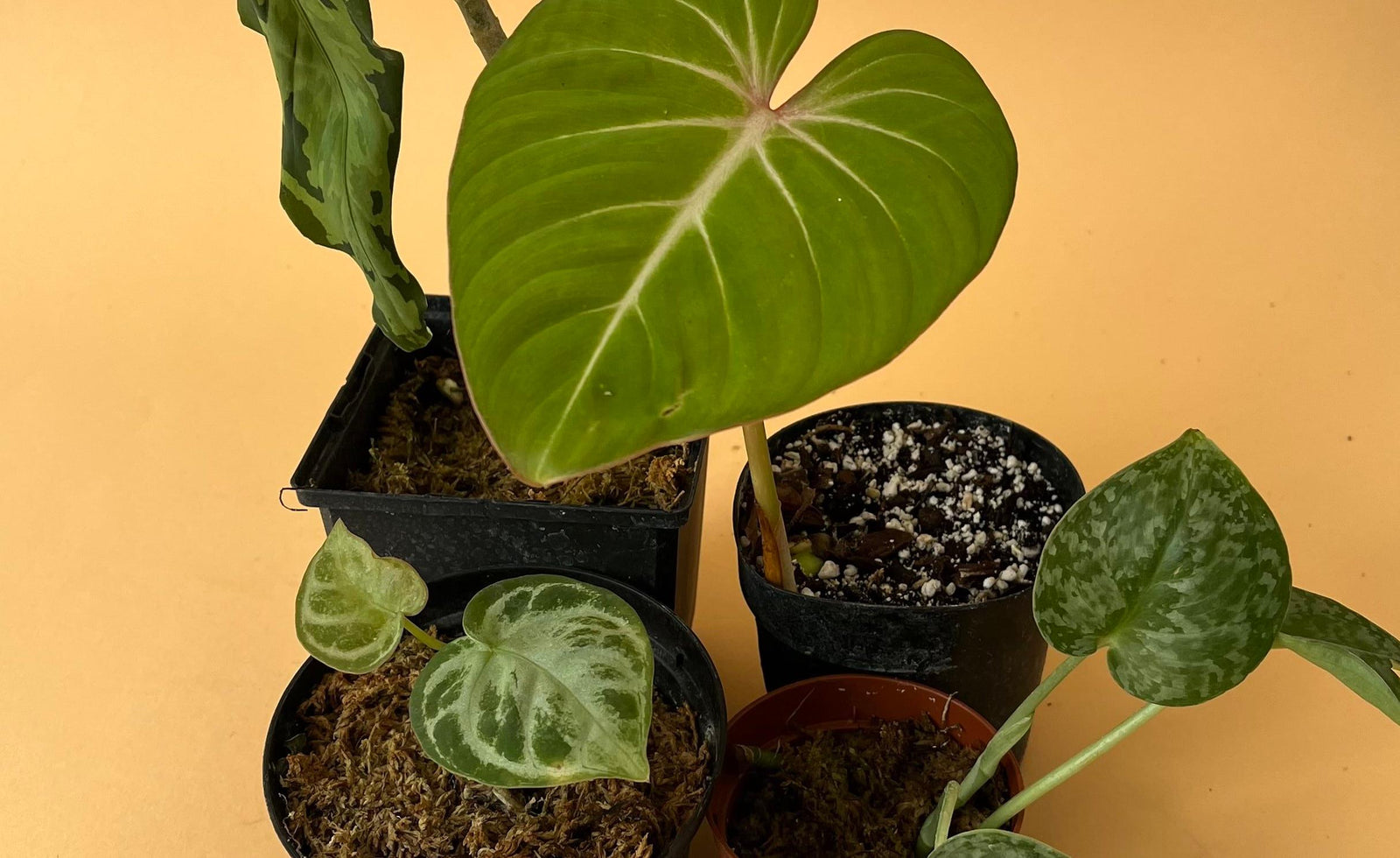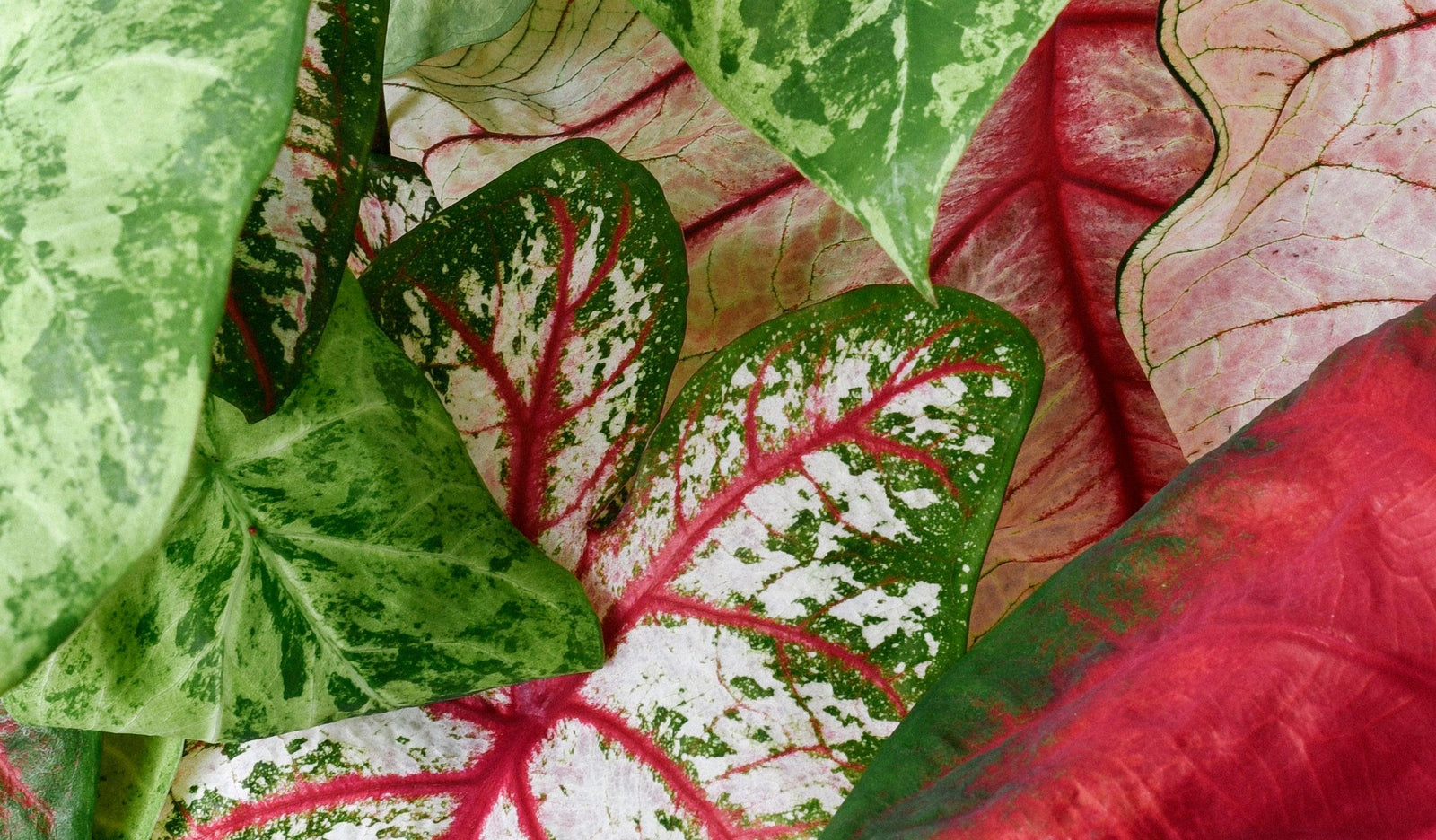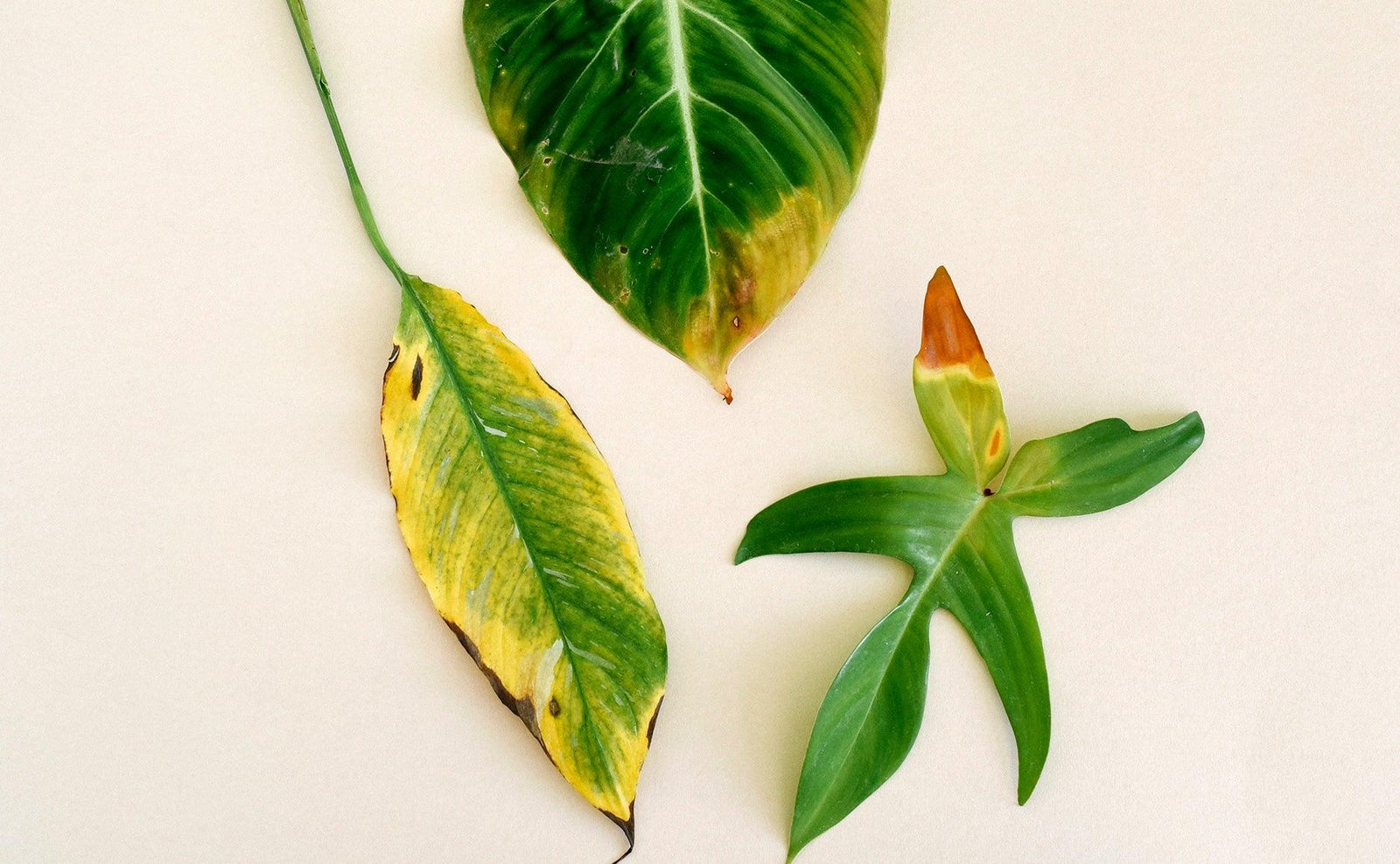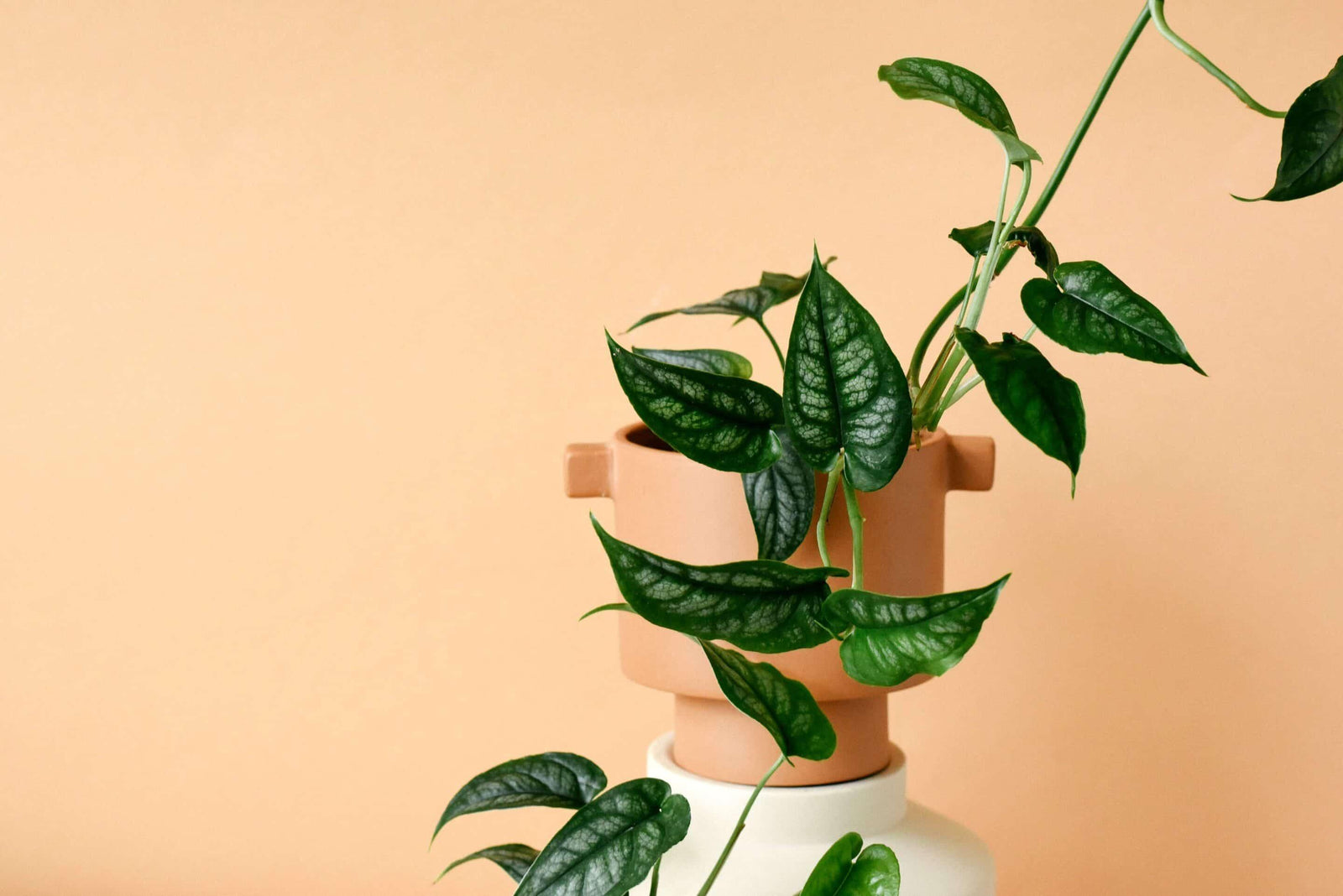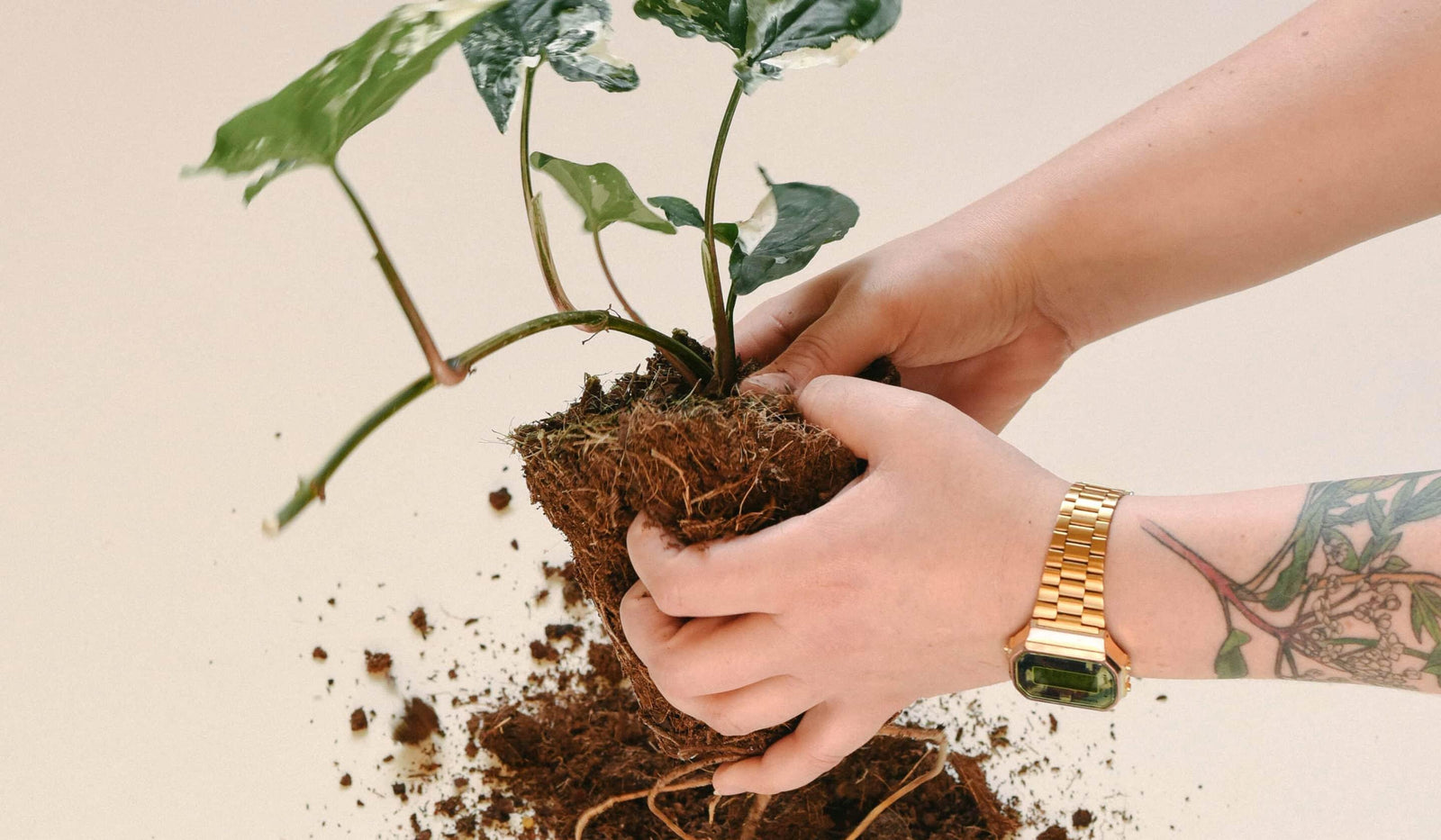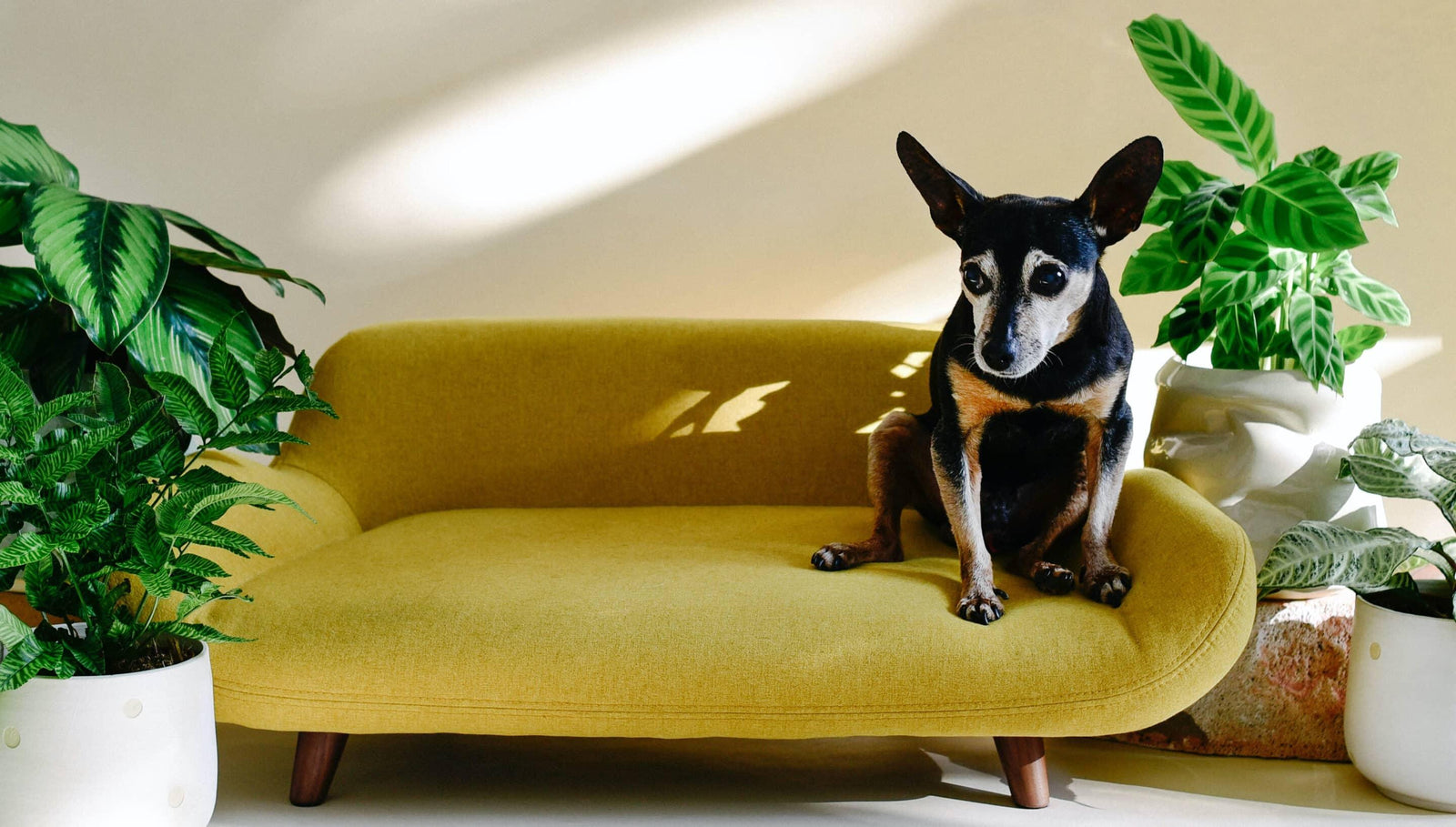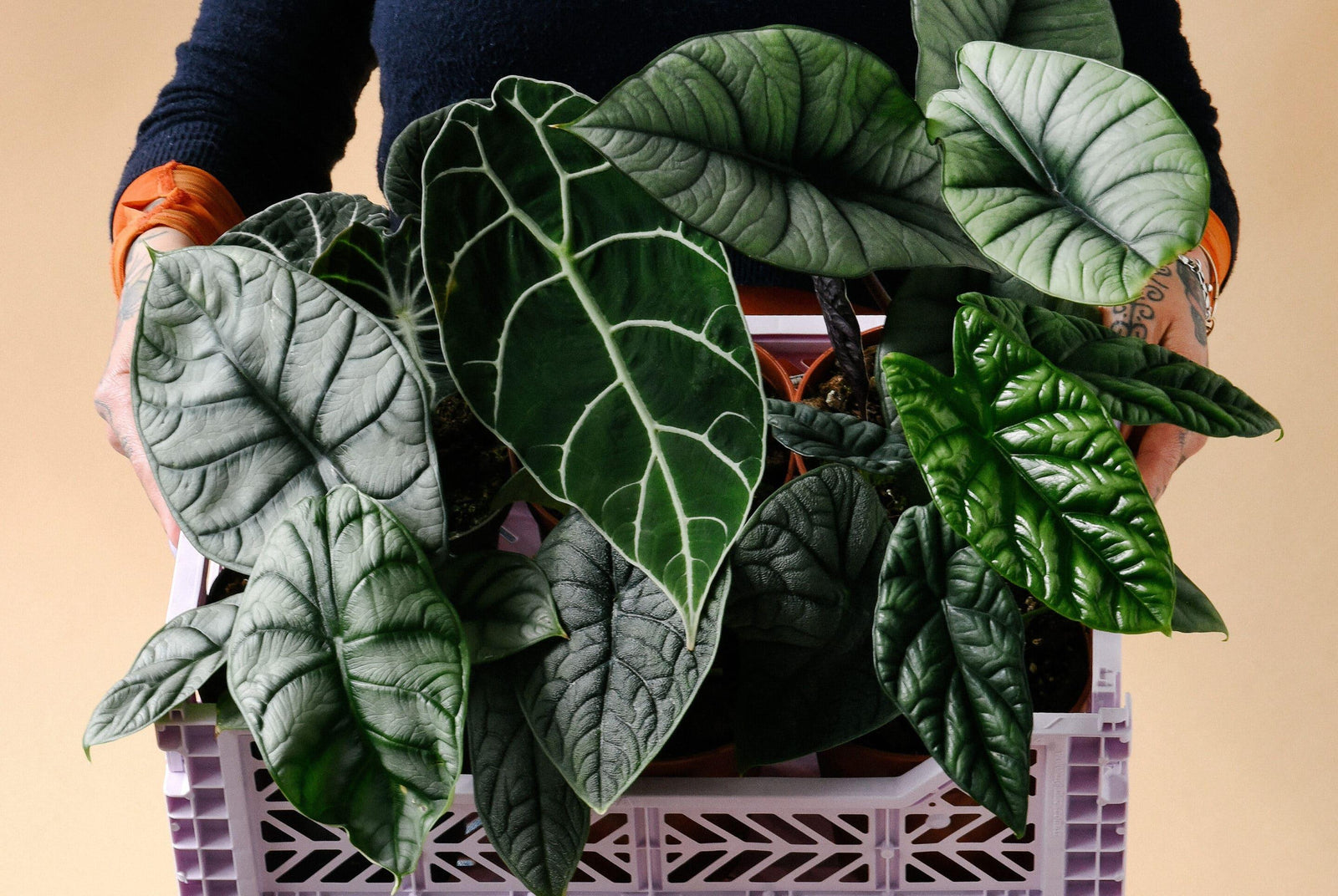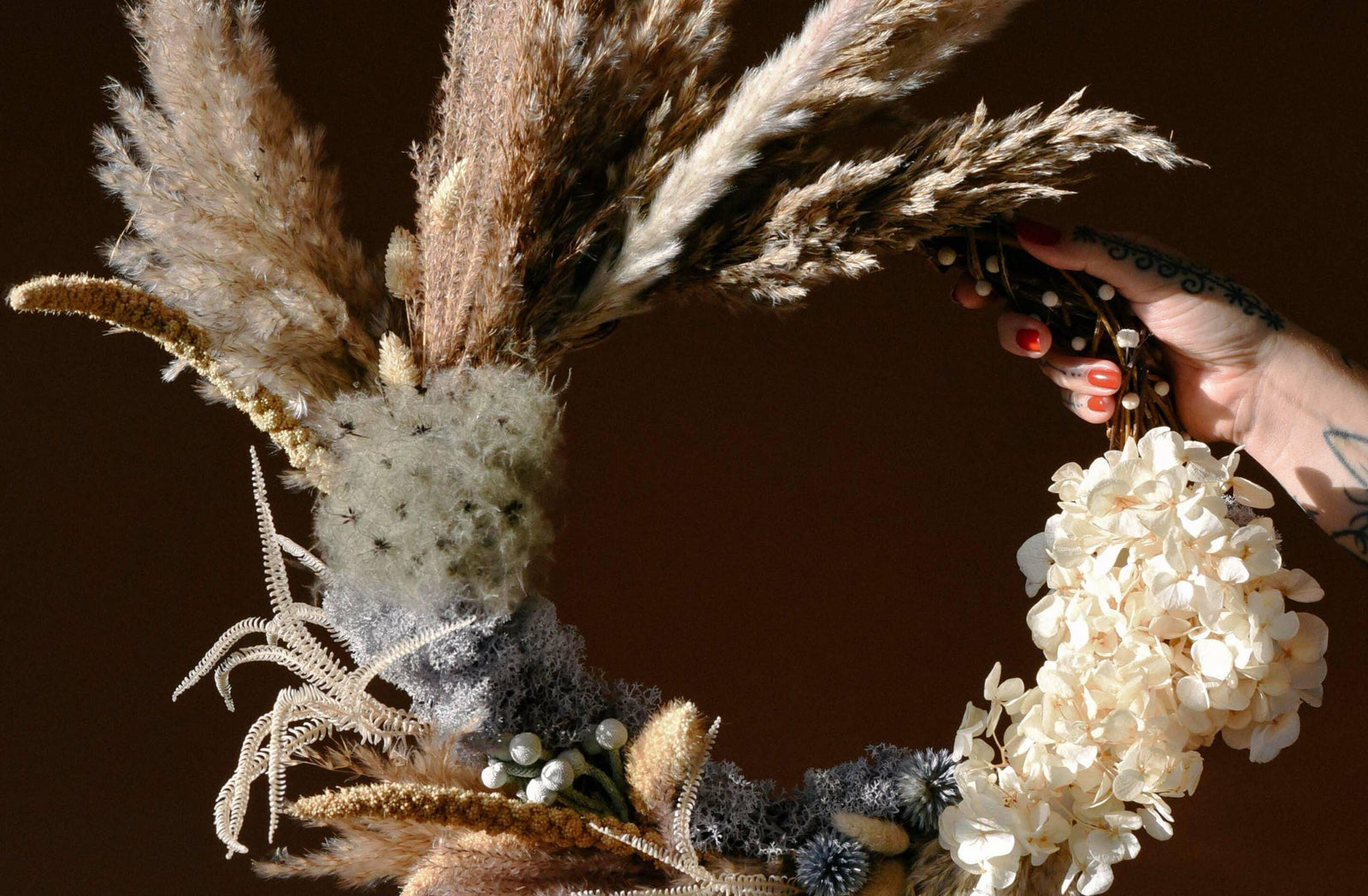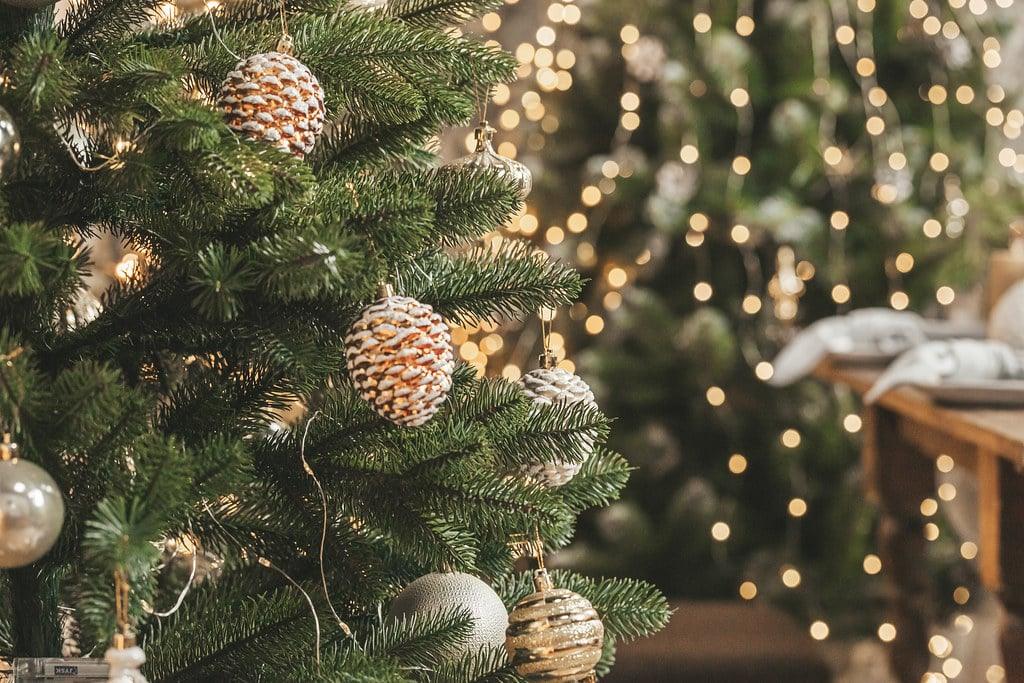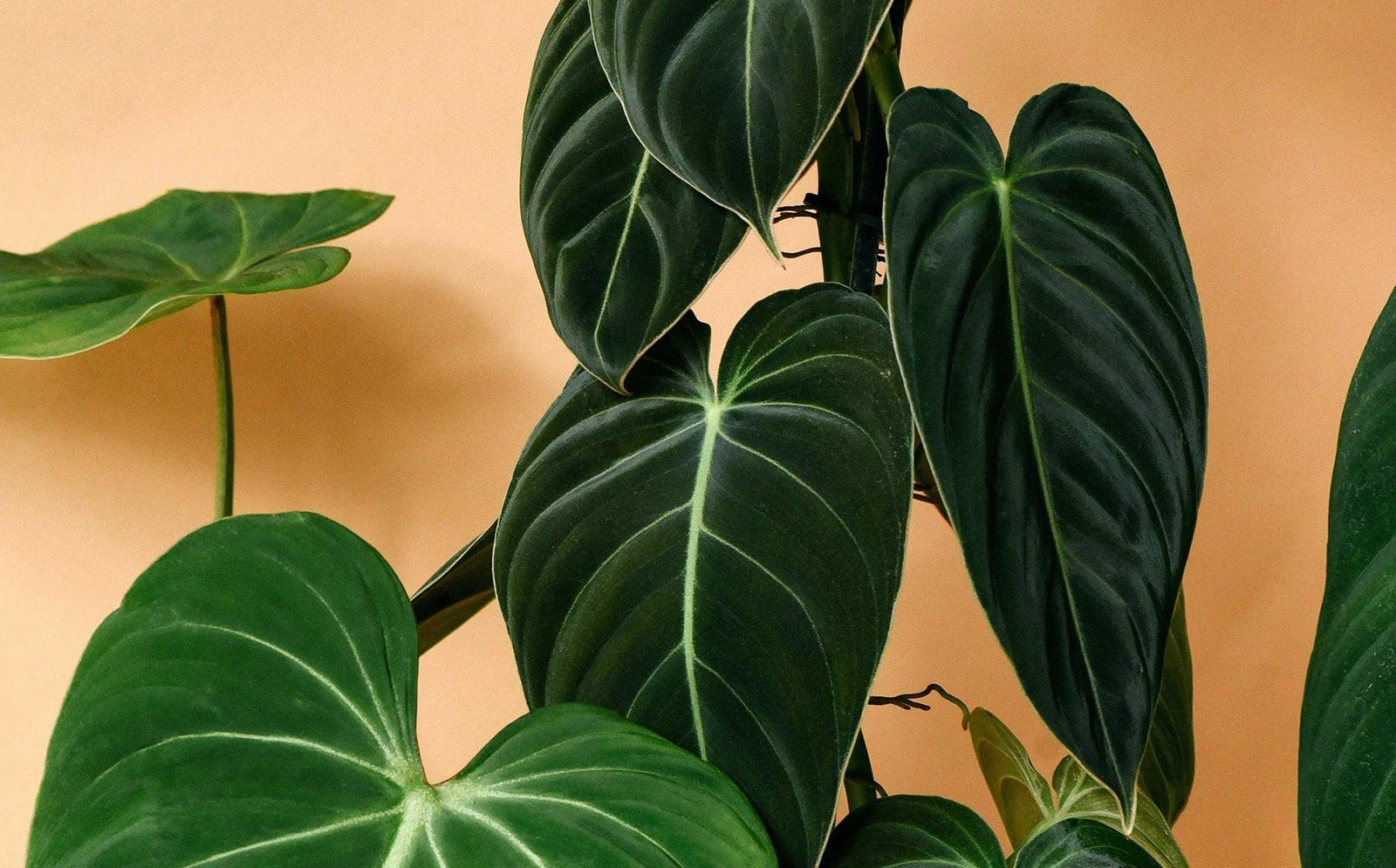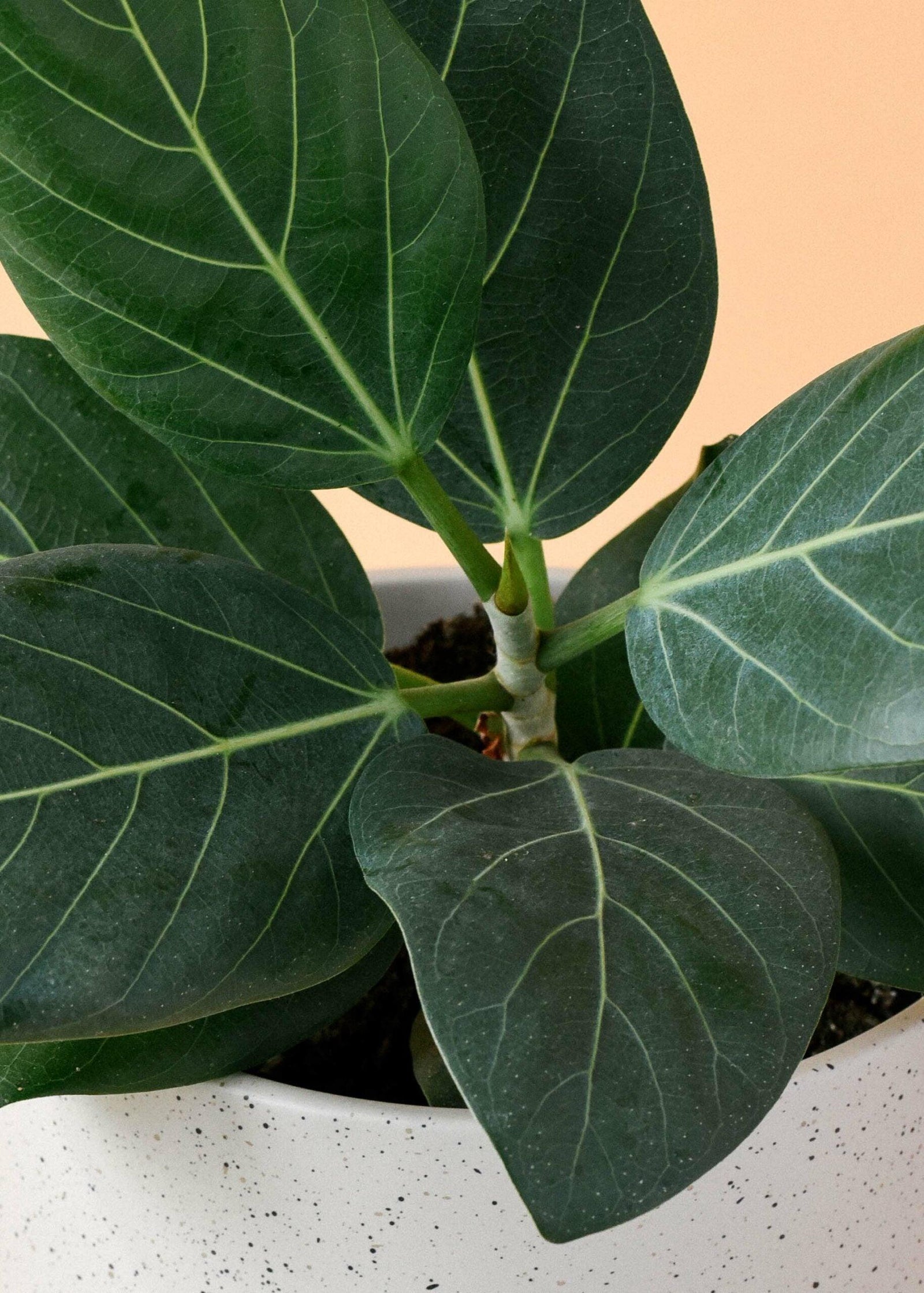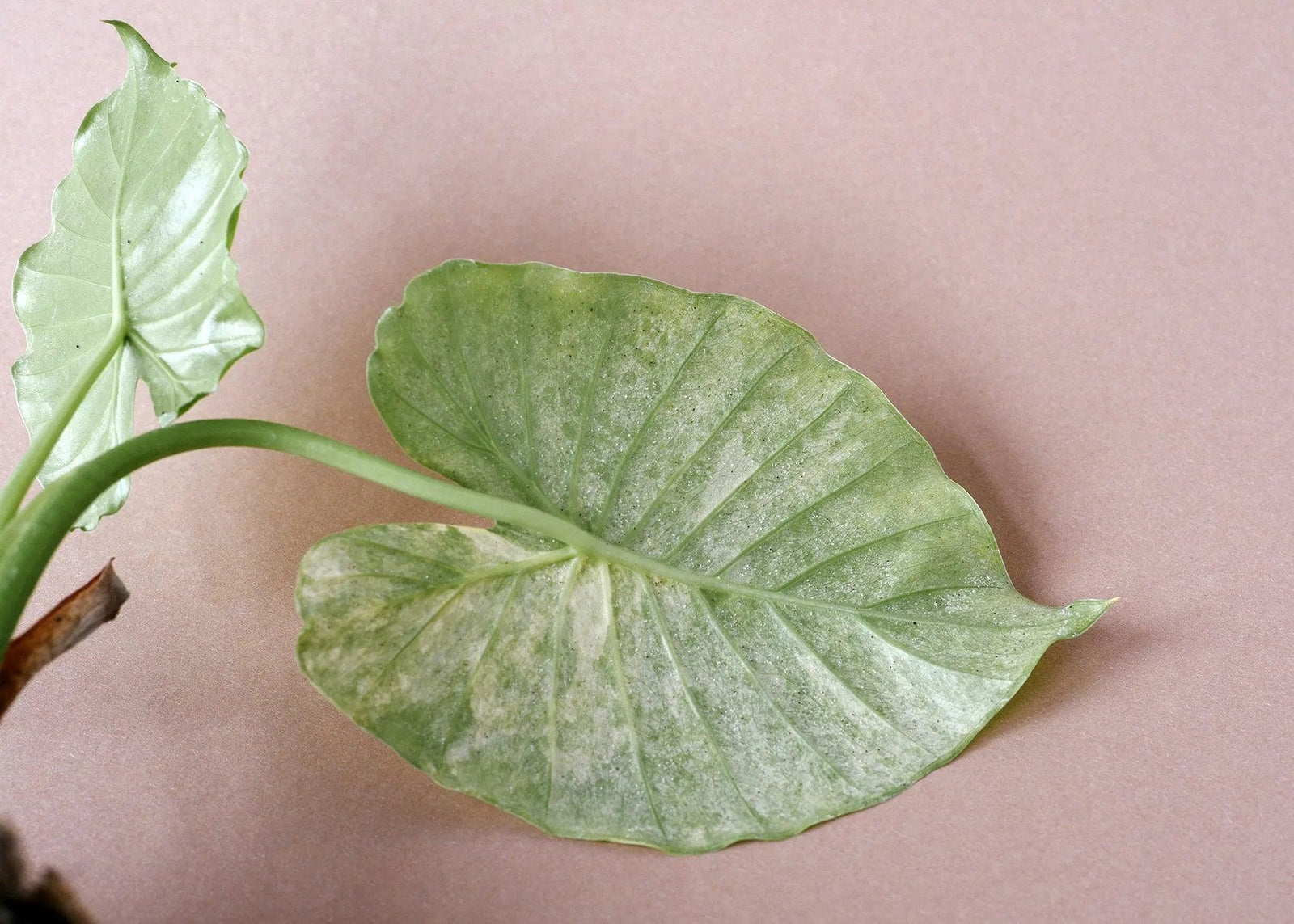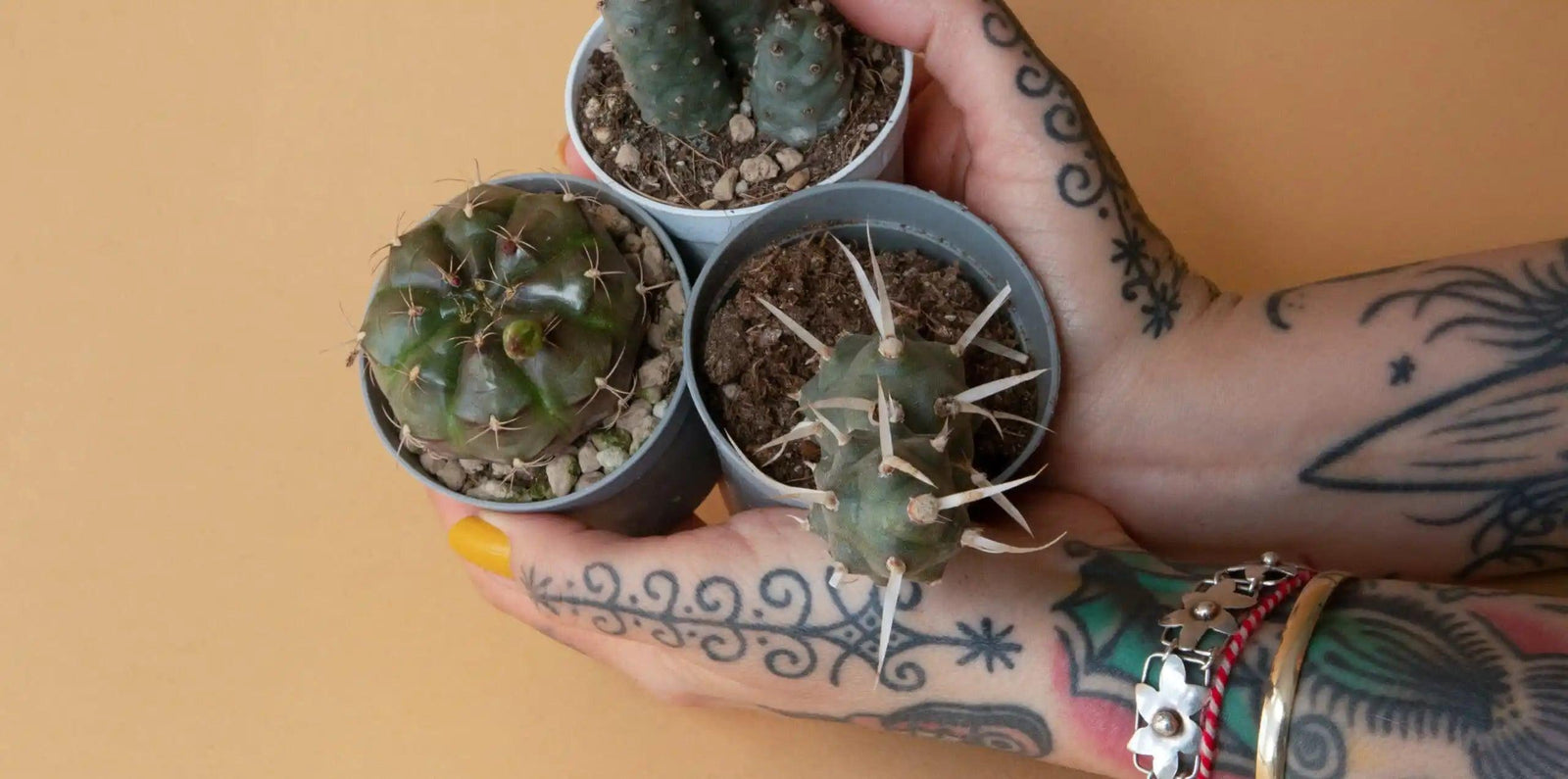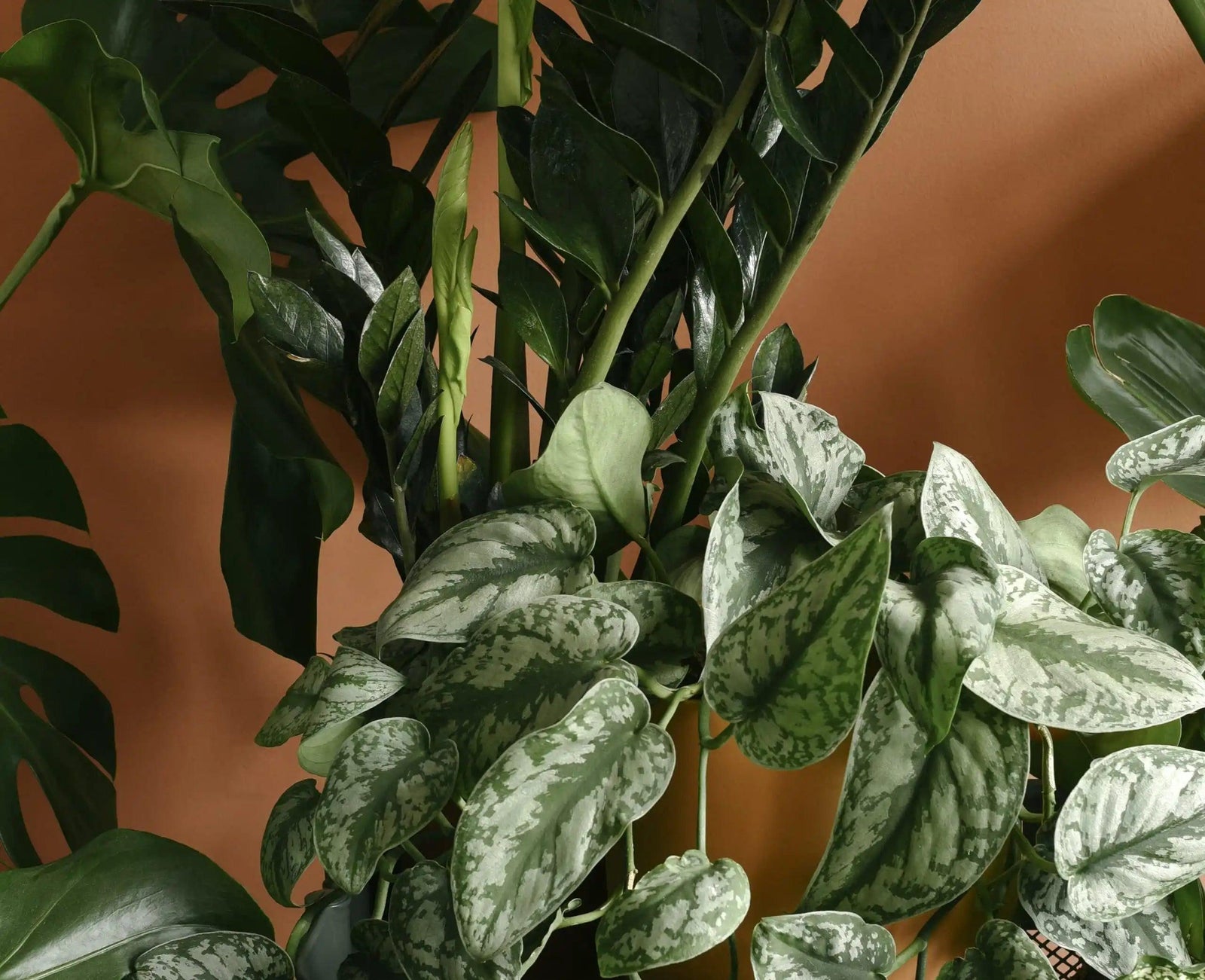Calatheas are popular houseplants mainly because of their beautiful patterns, but the truth is, these are not simple houseplants, but real divas that need a lot of informed care! Want to become an expert? Read on!
Calatheas are also called prayer plants, because they point their leaves upward at night like hands held together in prayer. Once the day begins, the leaves lower again, and some say they can hear a crackling noise during this process. These living sundials are exciting plants precisely because they are so alive and ever-changing!
Calatheas belong to the Marantaceae family and are native to tropical areas of South America. In tropical regions they were used as roofing and for weaving baskets, which gave them their name. ‘Calathea’ comes from the Greek and literally means ‘basket’!
Now, in order for you to have the best chance of success with this rather demanding species, we’ve gathered our best care tips and best practices below, and even included a list of Calatheas ranging from ‘beginner’ to ‘advanced’, so you can start off successfully and build your collection from there!
Humidity. This type of plant, as we already mentioned, does need quite a lot of care, and especially a relatively high humidity to stay beautiful in our home, which is why some indoor gardeners do not dare caring for them.
At least 60 percent in winter and 70 to 80 percent during the growing season from March to September are ideal conditions for Calathea. If the humidity in your home is too low, some Calatheas will quickly get brown and dry leaf margins. Also, the risk of them getting spider mites increases with lower humidity and, believe us, Calathea are unfortunately proper spider mite magnets!
Note: Some Calatheas, especially those in the ‘beginner’ category of the list below, retain their beautiful leaves despite drier conditions.
Watering. Calatheas like to be kept moist, but not wet – they don’t like to dry out too much. When they are thirsty, Calatheas show it with curled-up and droopy leaves. That’s when you should give them a good soak at the latest, and they will be back to their former stunning selves within a day.
Important: Calatheas will not tolerate your regular old tap water! Highly sensitive to hard water, these babies require water that is room temperature and soft, so think distilled water, or at the very least well filtered!
Soil. Despite their well earned diva reputation, prayer plants are actually not too picky when it comes to soil. They prefer a relatively well-draining, lightweight potting mix, but not as loose as you would use for your aroids, for example. A mixture of 50% coco coir, 30% perlite and 20% bark would work, or you can add about a quarter of sphagnum moss to three quarters of your go-to aroid mix to make it a bit more moisture retentive.
Light. In their native countries, Calatheas grow as hanging and climbing plants, or ground covers in the rather shady undergrowth of the rainforest. That’s why Calatheas don’t like too much light at home either; their ideal conditions would be a warm, draught-free, semi-shaded location without direct sunlight.
Depending on their pattern, however, certain Calatheas, such as the White Fusion, need more light.
If left too bright, Calatheas like to lower their leaves steeply, and that’s the great thing about this plant species; they may be divas, but they clearly communicate their needs!
Pests. As mentioned above, spider mites are a Calathea lover’s worst nightmare! These annoying bugs love prayer plants, so it is important to check the underside of their leaves very frequently for white spots that could prove to bespidermite eggs. There are a lot of ways to get rid of them. Our favourite is a solution of Neem oil, water and organic soap (with a teaspoon of pure alcohol if you want to go the extra mile) with which you can gently clean all your Calatheas leaves from both sides and its stems.
Dormancy. Although Calatheas are not known to go dormant, but they do go through phases of growth and demise, which means that they will sometimes start to drop a majority of their leaves. It is a shocking process, but you must not give up on your Calathea then! In a lot of cases, it will come back with a lot of new leaves once it goes into its growth phase again. As long as the rhizomes in the soil are healthy, all you need is patience.
Propagation. Calatheas cannot be propagated through cuttings, unfortunately. The only way to multiply a Calathea is by division, meaning you can simply divide the leaves of one plant including its rhizomes and roots into two and plant them up again. Easy as that!
If you want to test your feel for prayer plants, start with the simpler varieties we’ve listed below, and if you follow these tips, you’ll be mastering the ‘advanced’ category in no time!
Bonus info: Calatheas are not poisonous, which means they are pet friendly and not toxic to either cats or dogs, so this is the perfect genus for the patient plant and animal lover!
Beginner:
- Musaica ‘Network’
- Medallion
- Vittata
- Concinna ‘Freddie’
- Lancifolia
Easygoing siblings from the Marantaceae family:
Expert:
- Zebrina
- White Fusion
- Warscewiczii
- Ornata Sanderiana
- Crocata
Special thanks to Plant Circle’s Sarah Remsky for her expertise! Follow her on instagram and, if you speak German, check out her book too.



